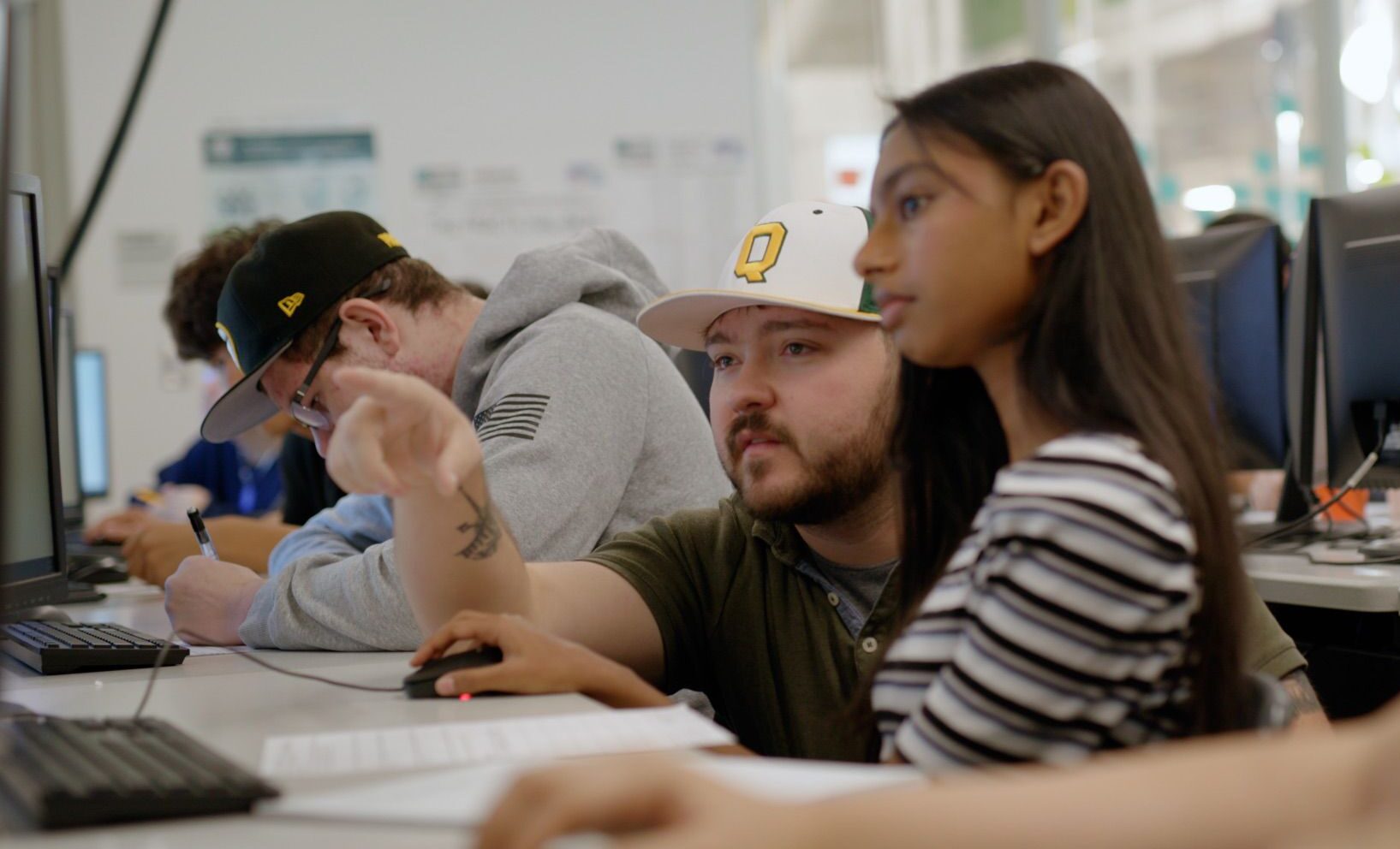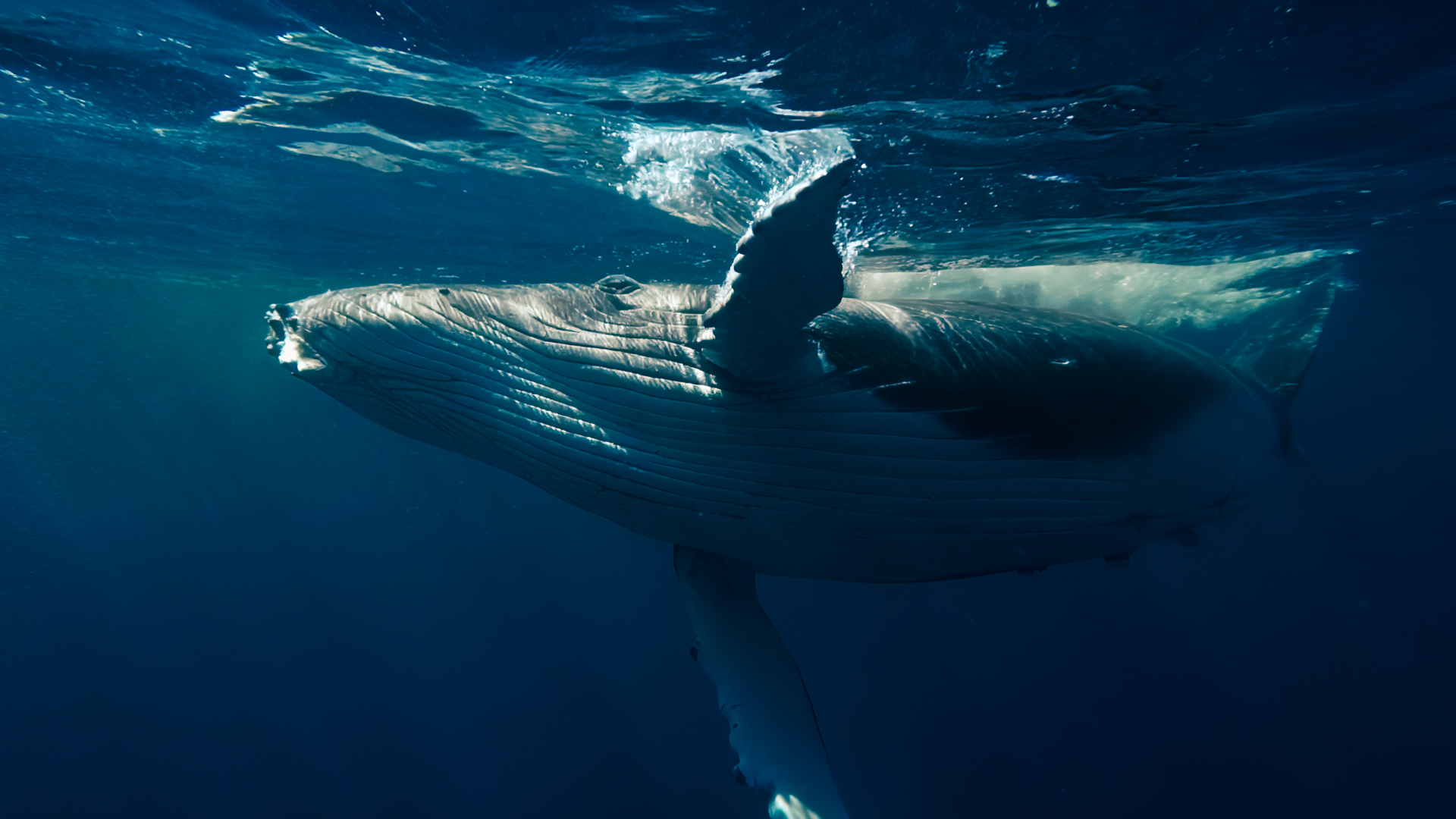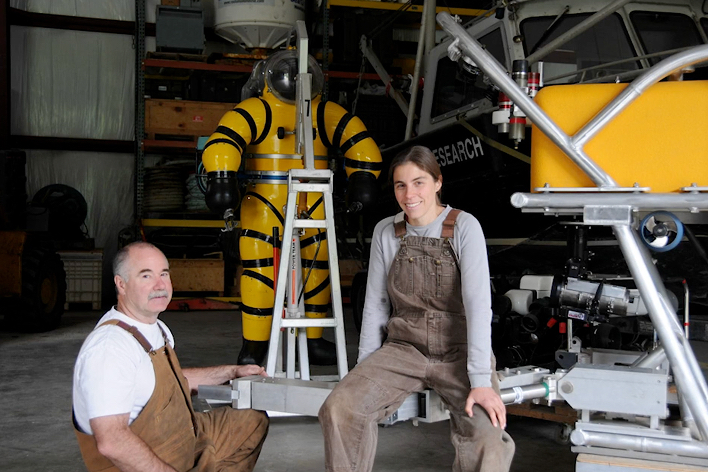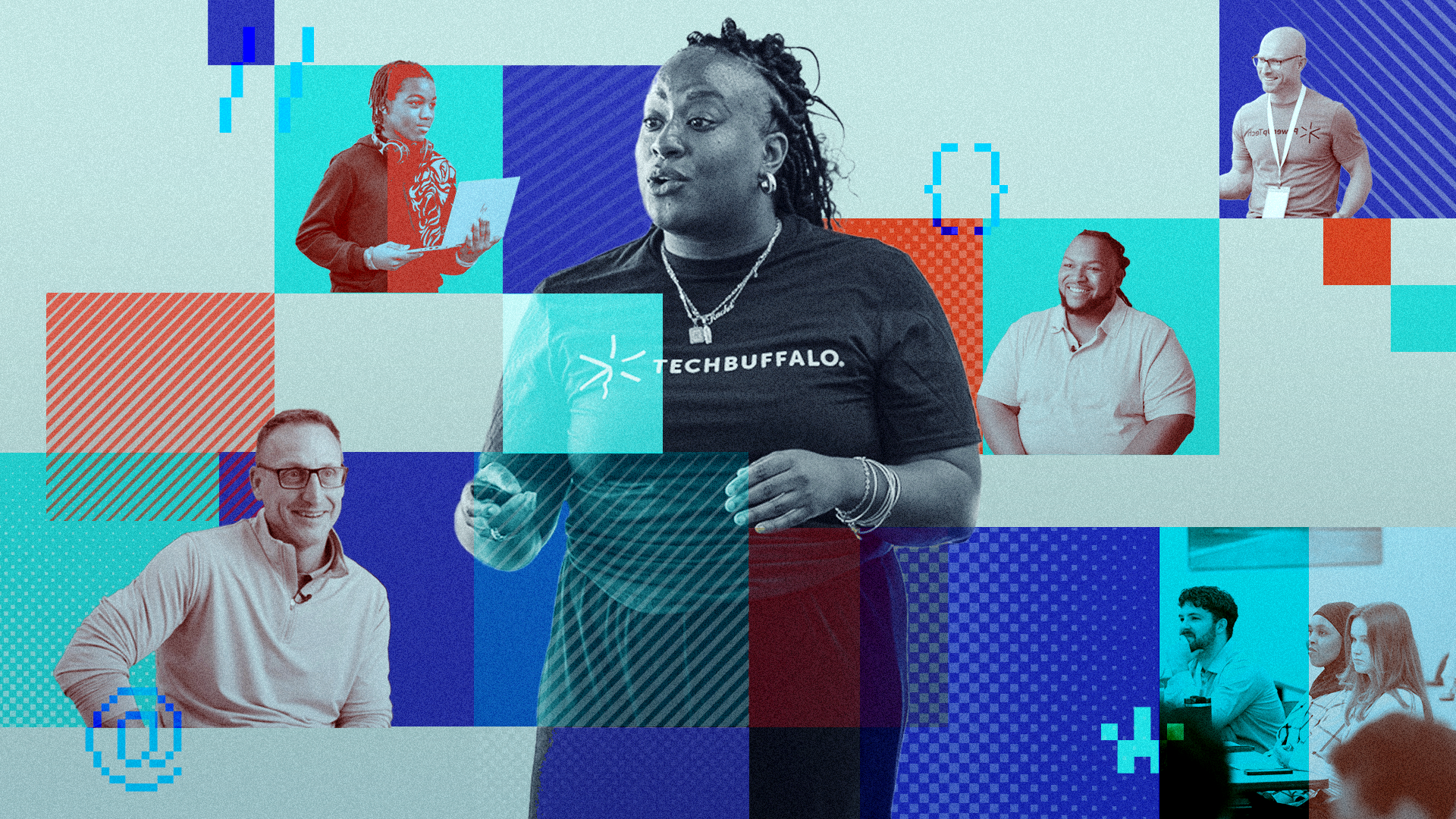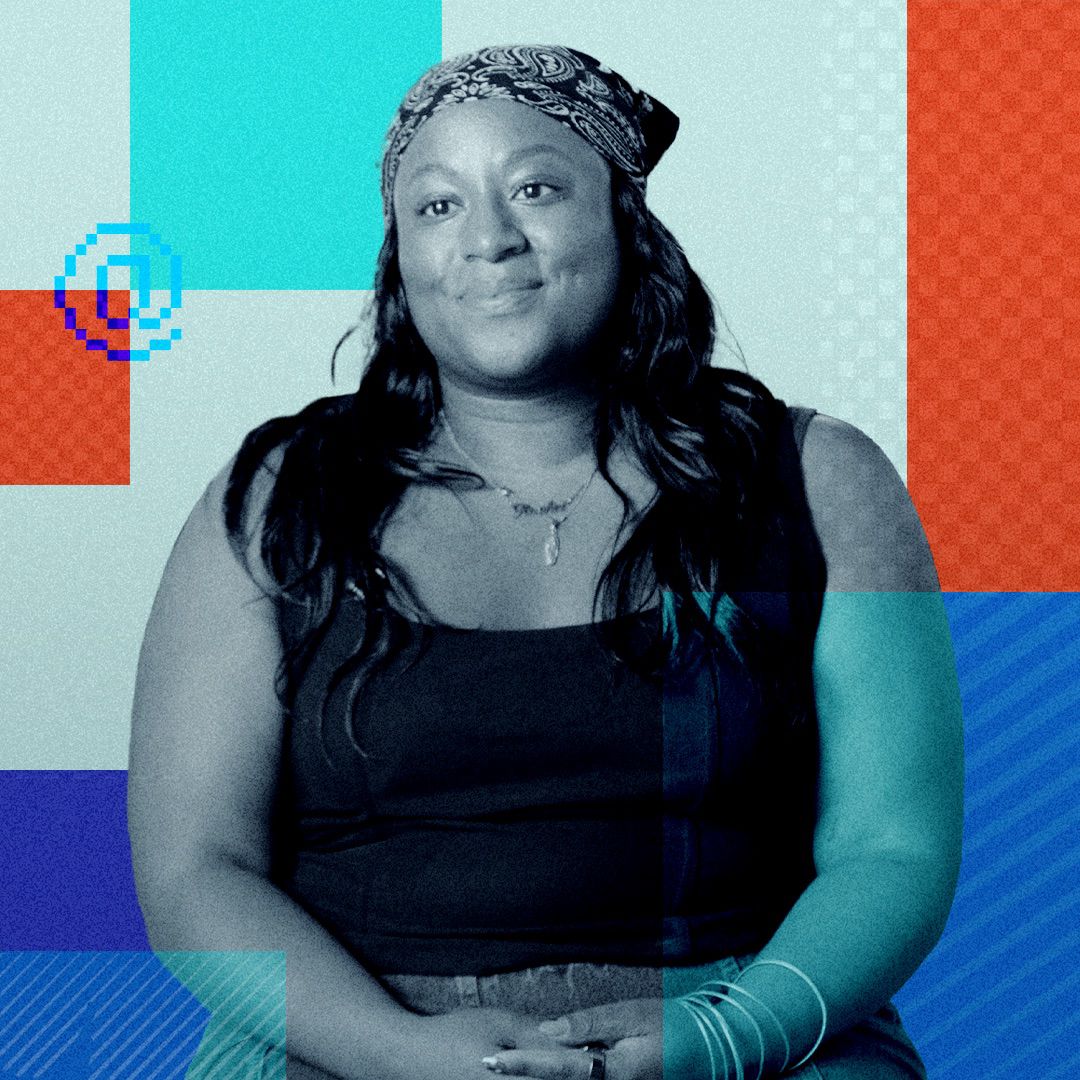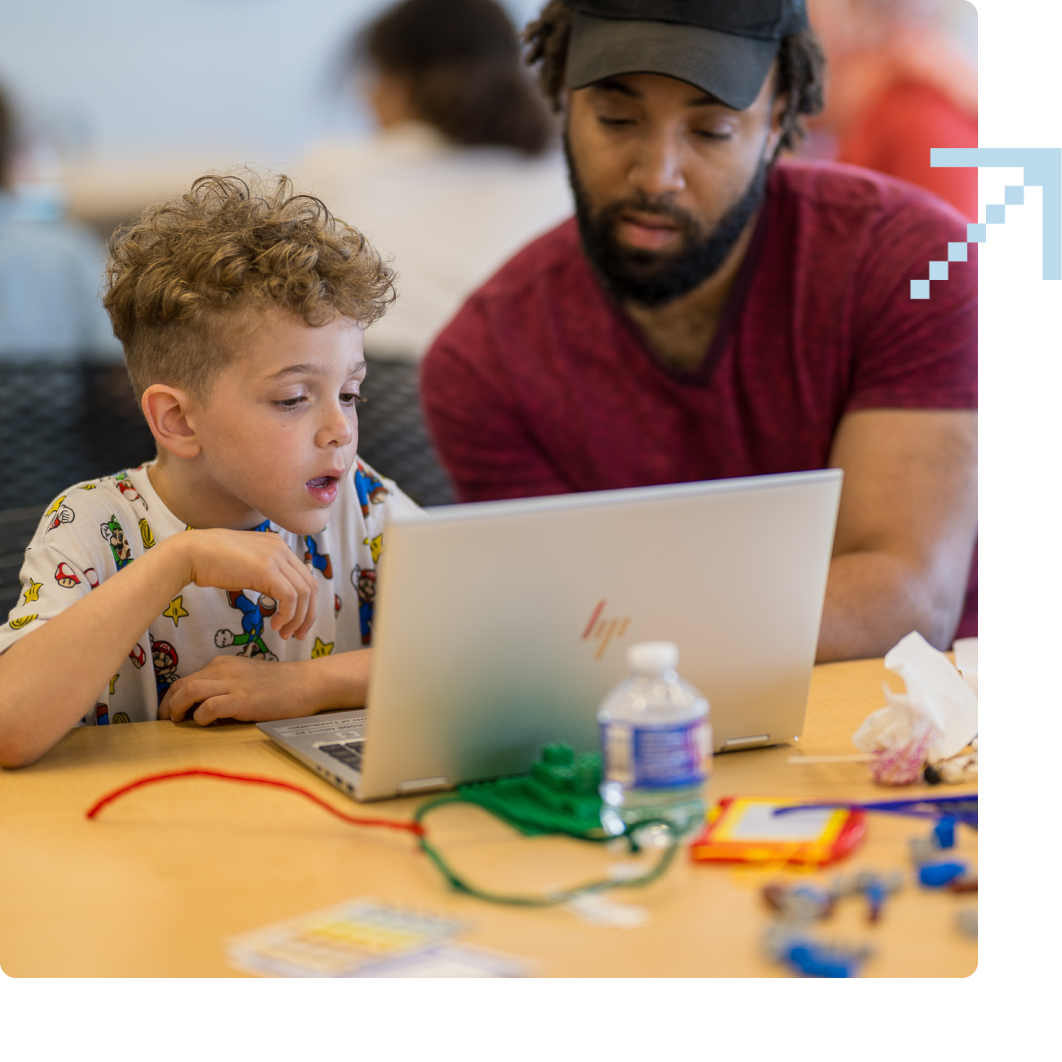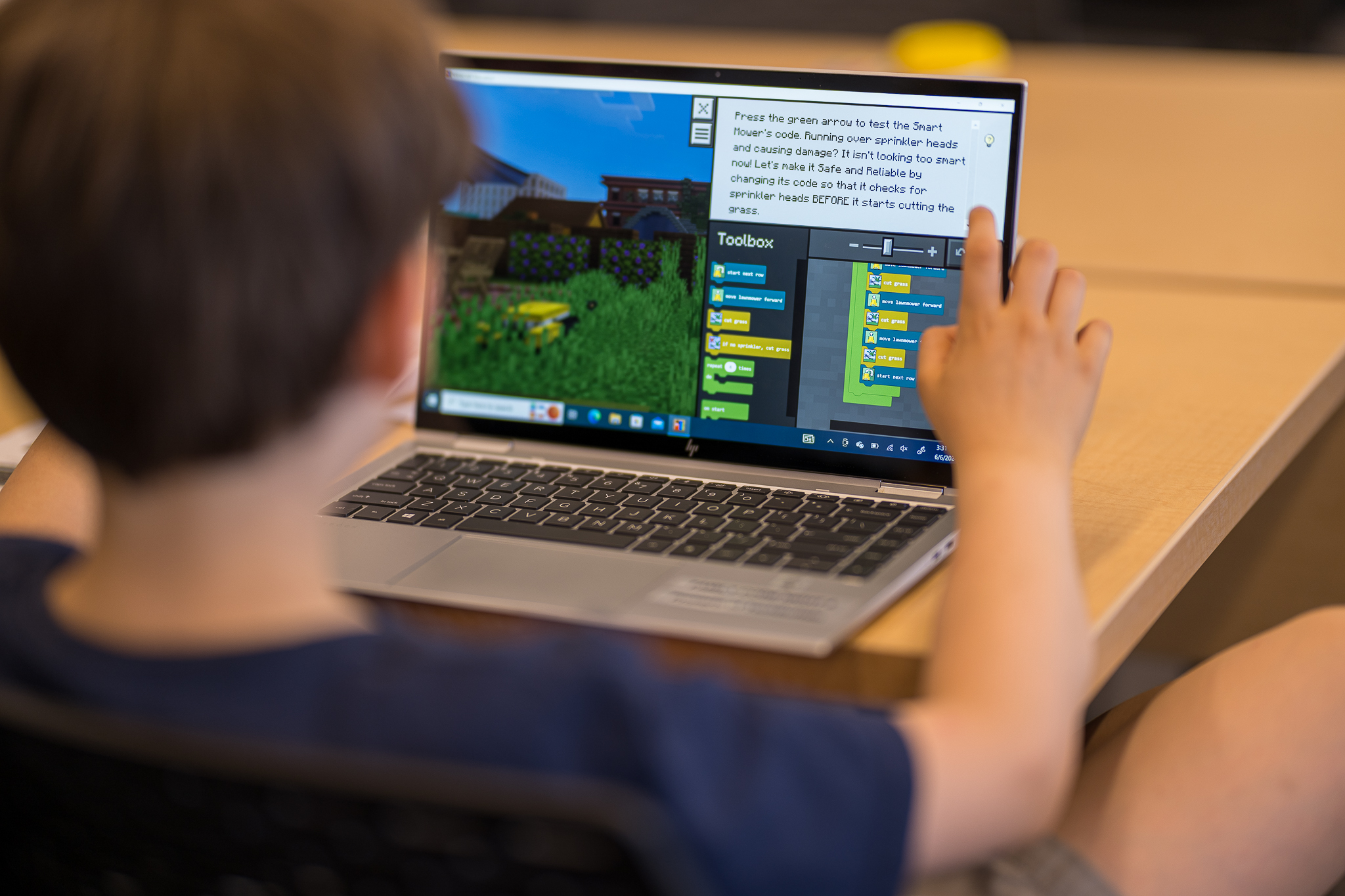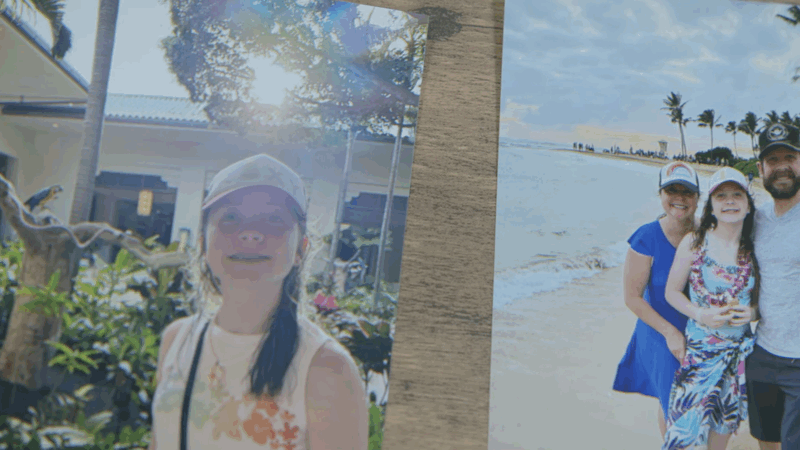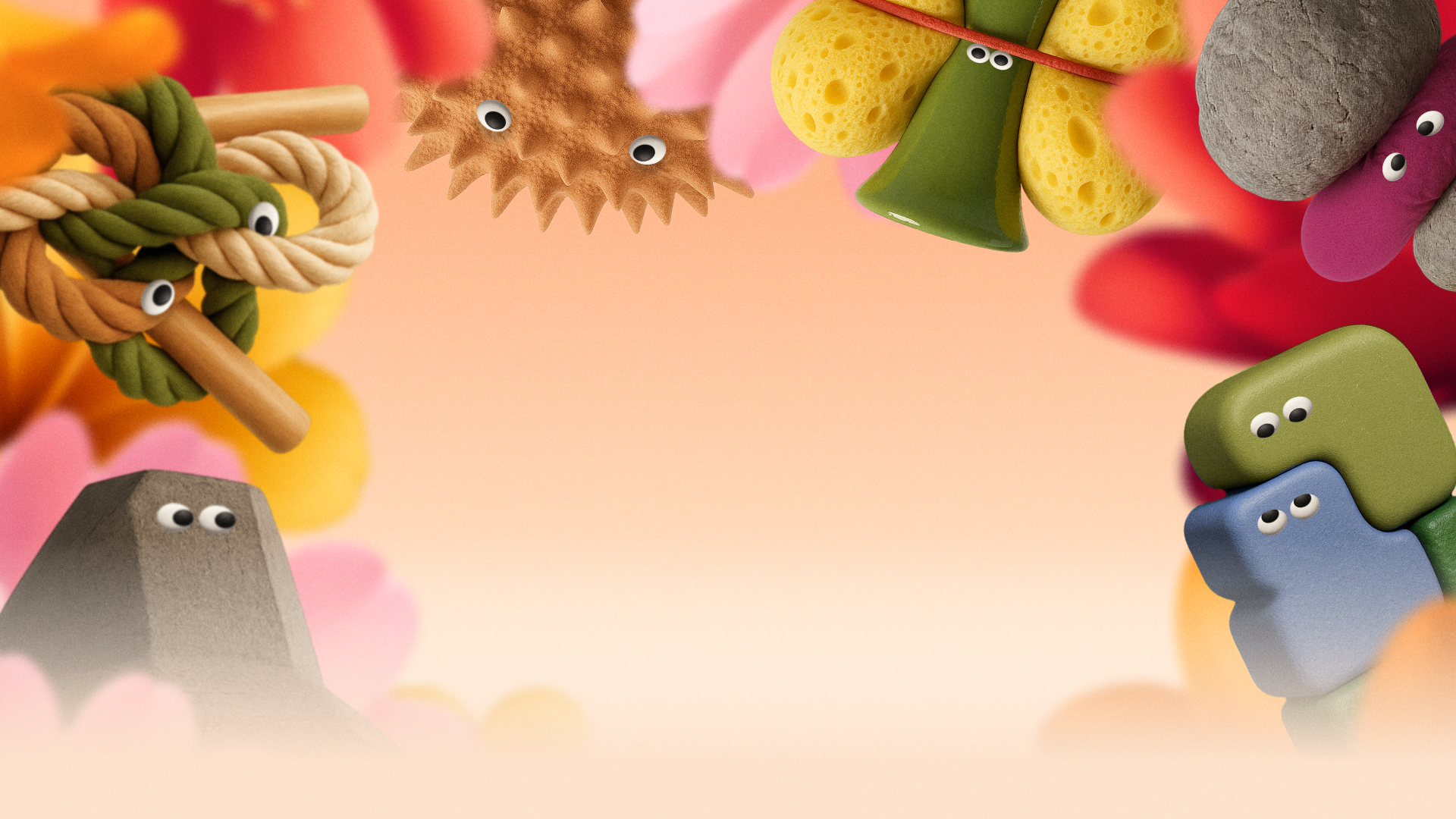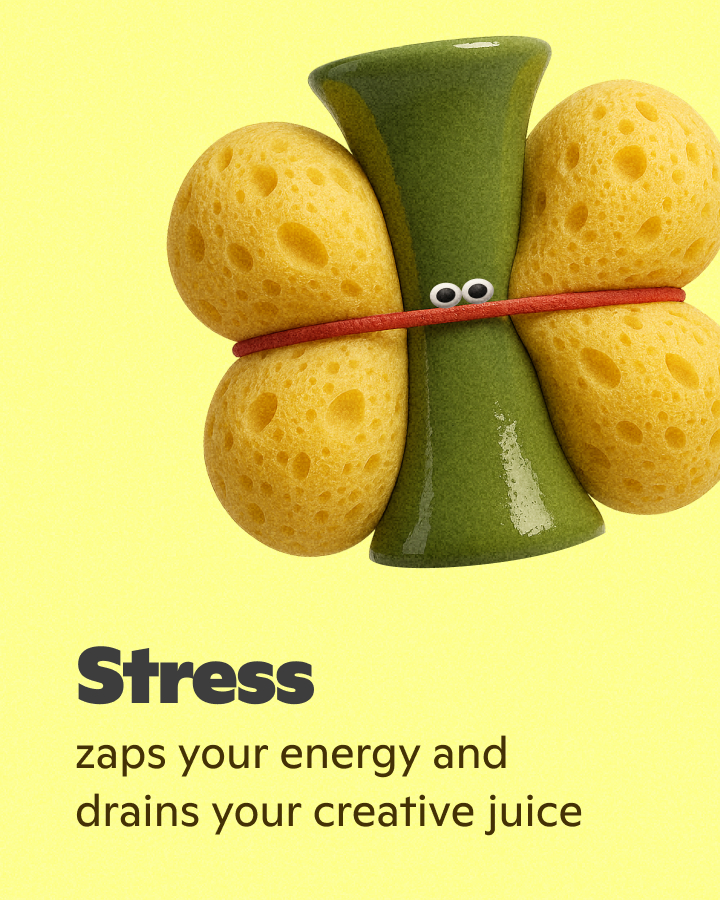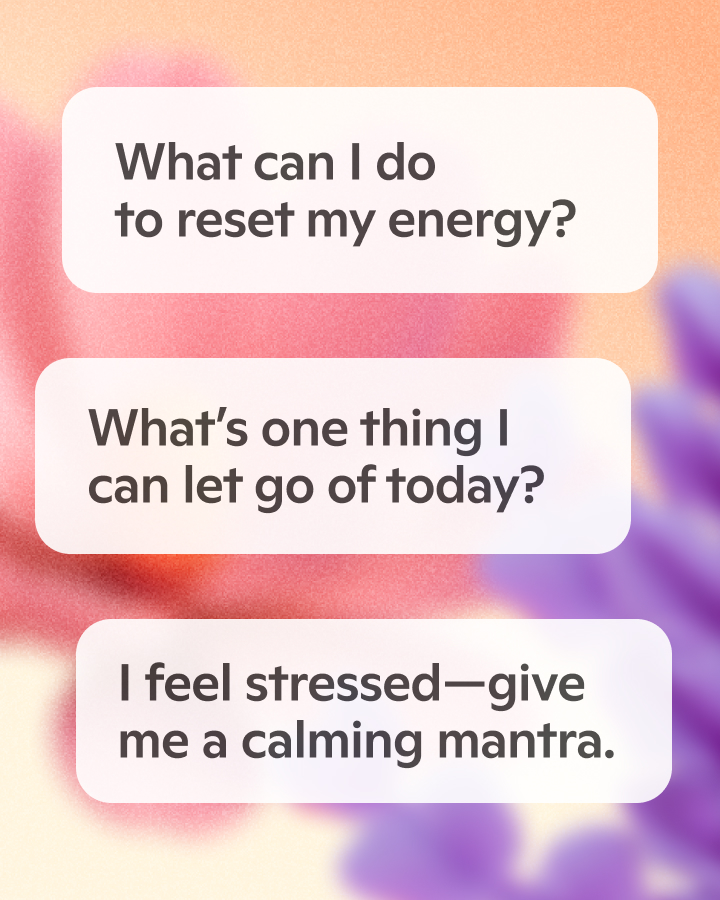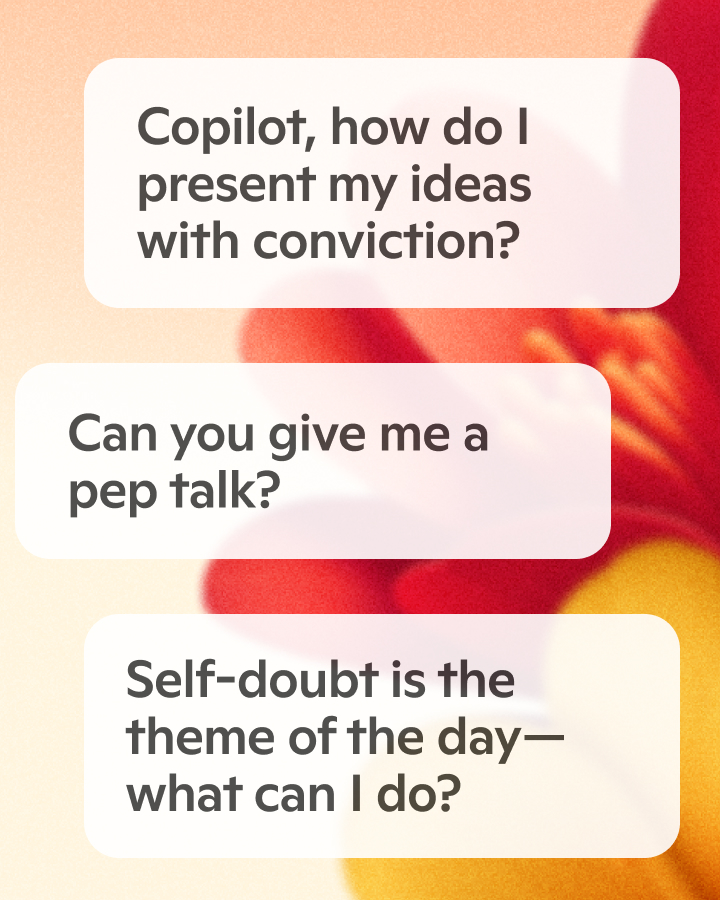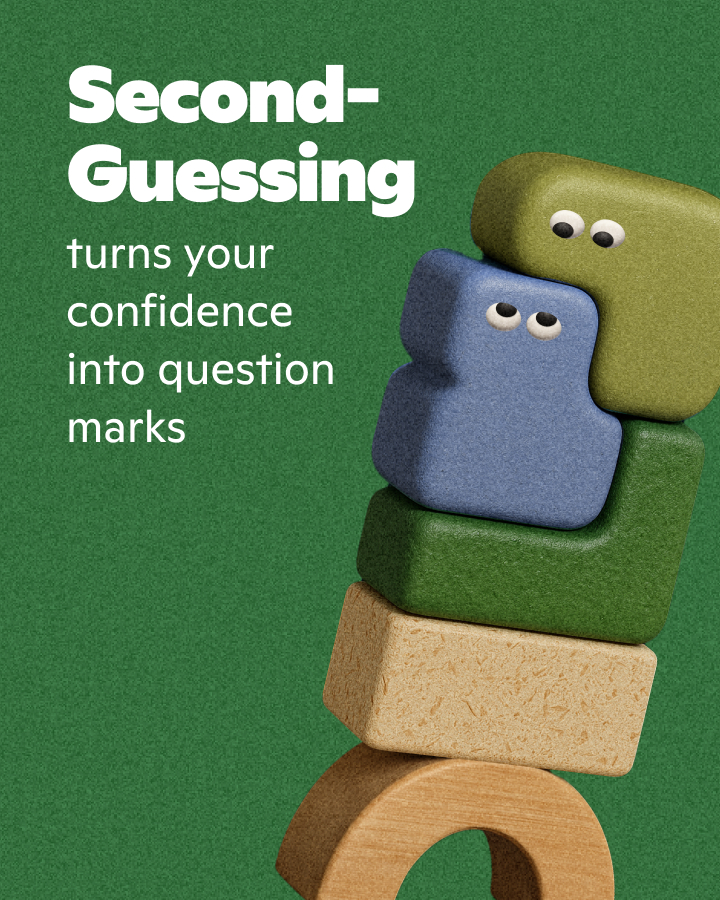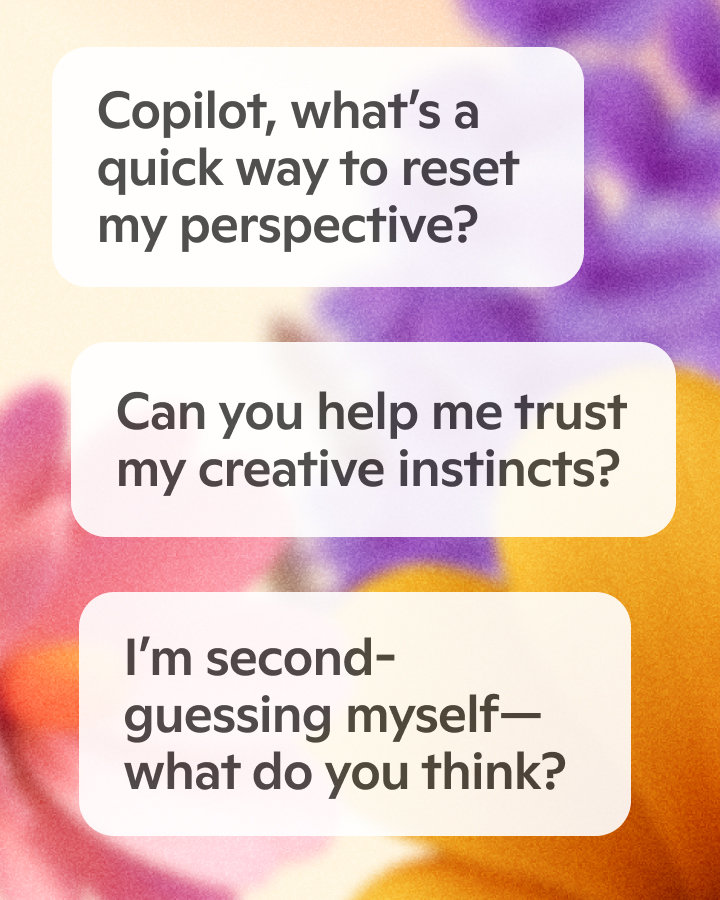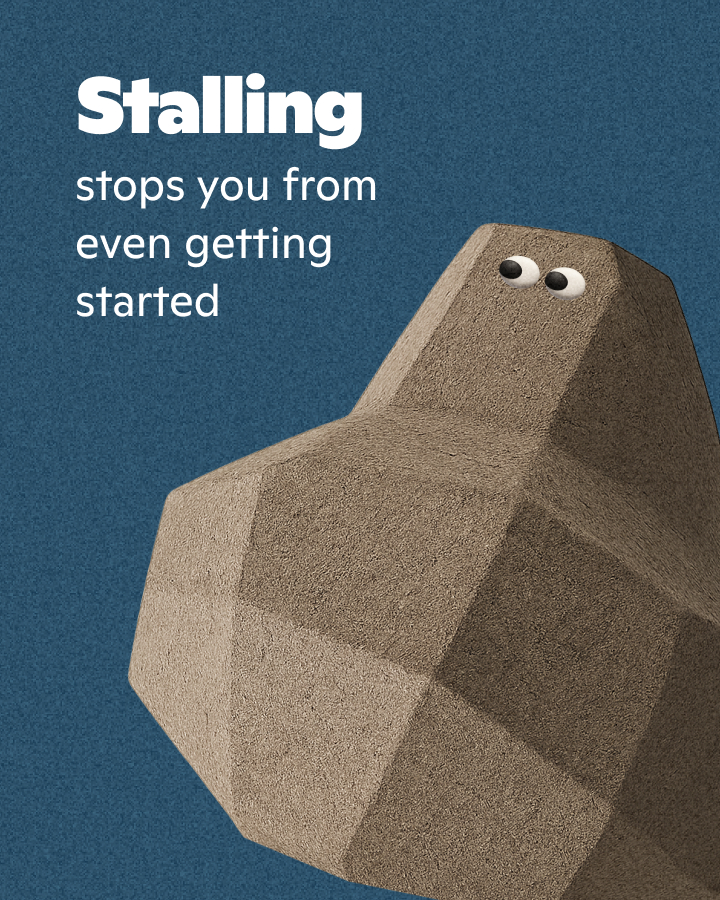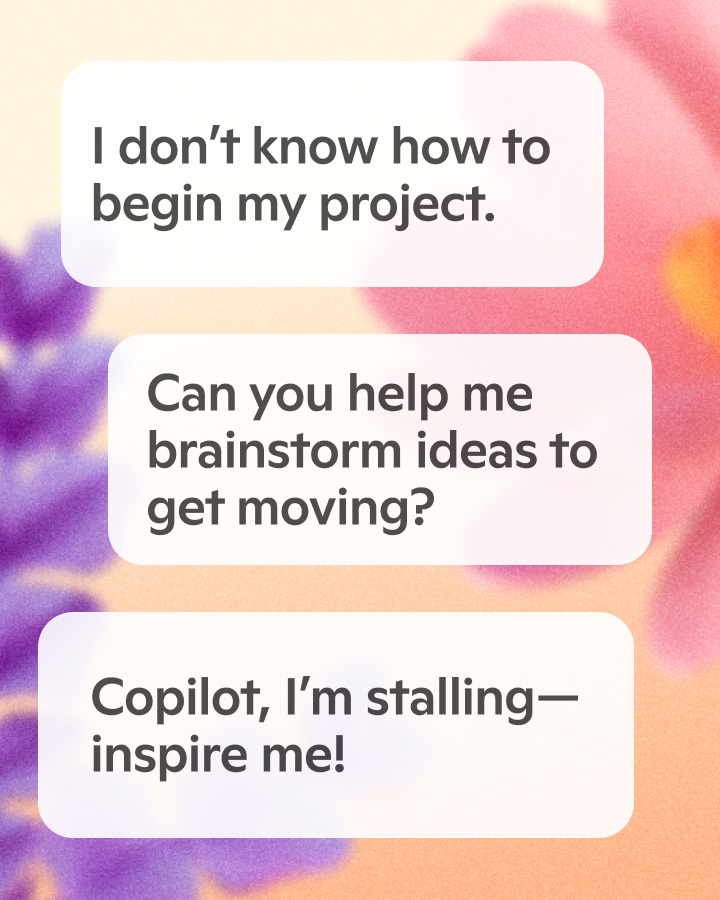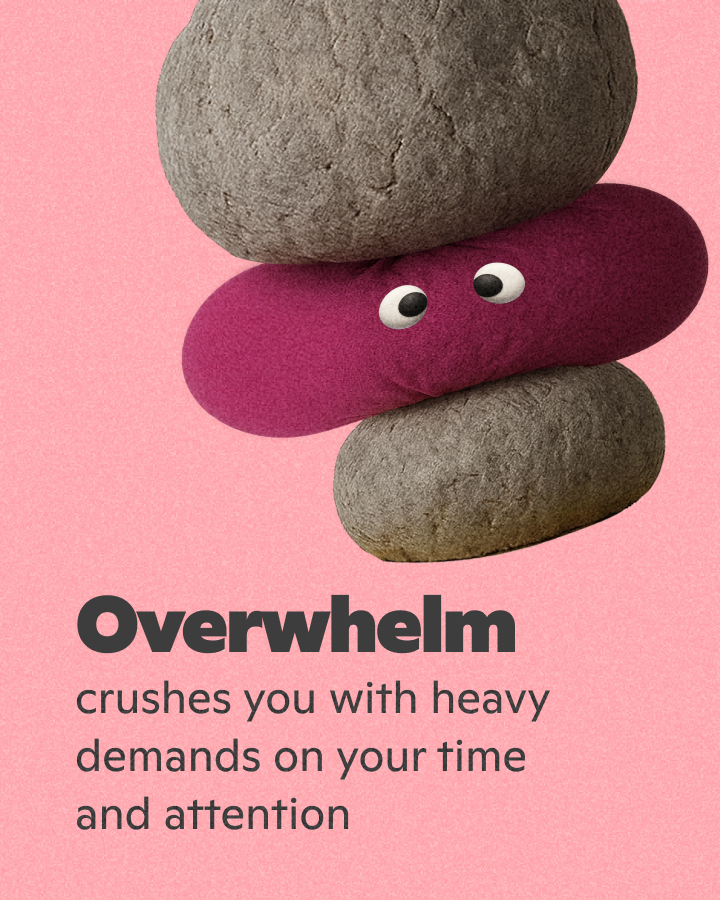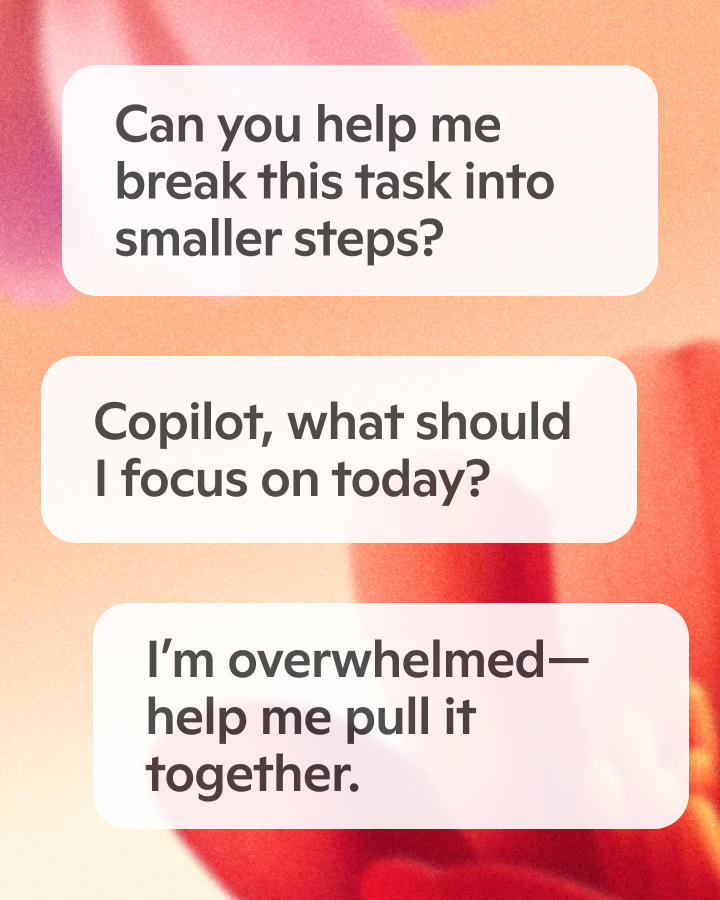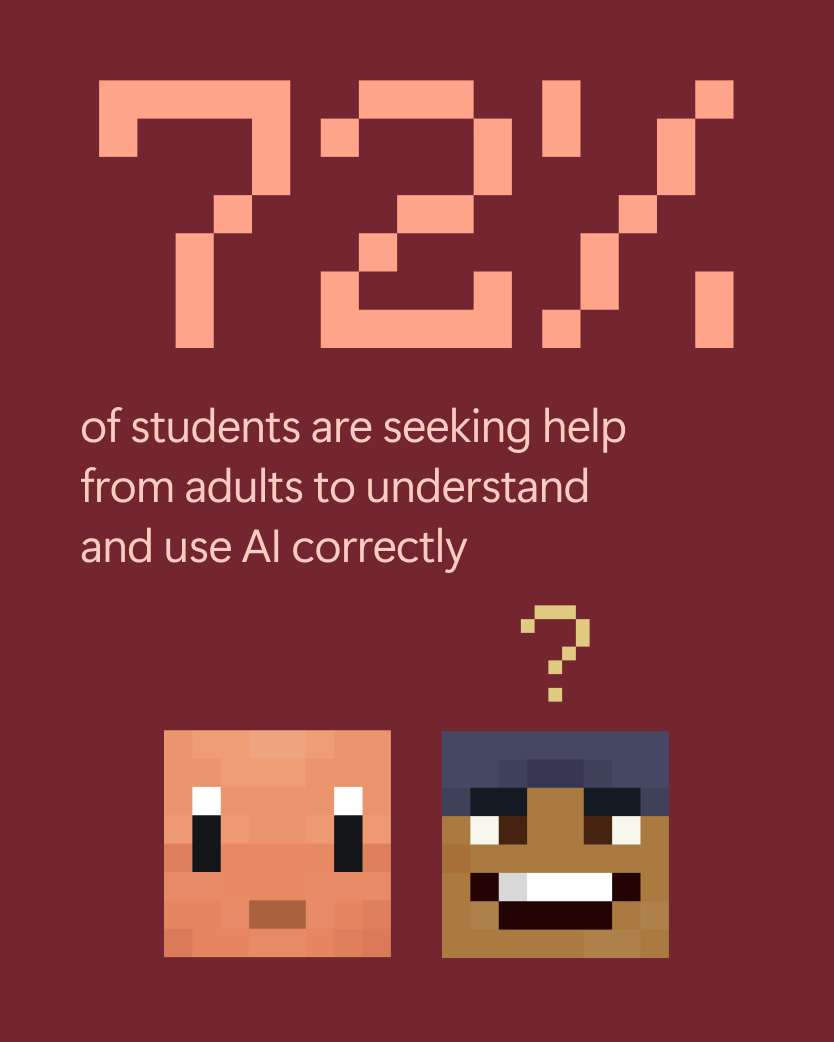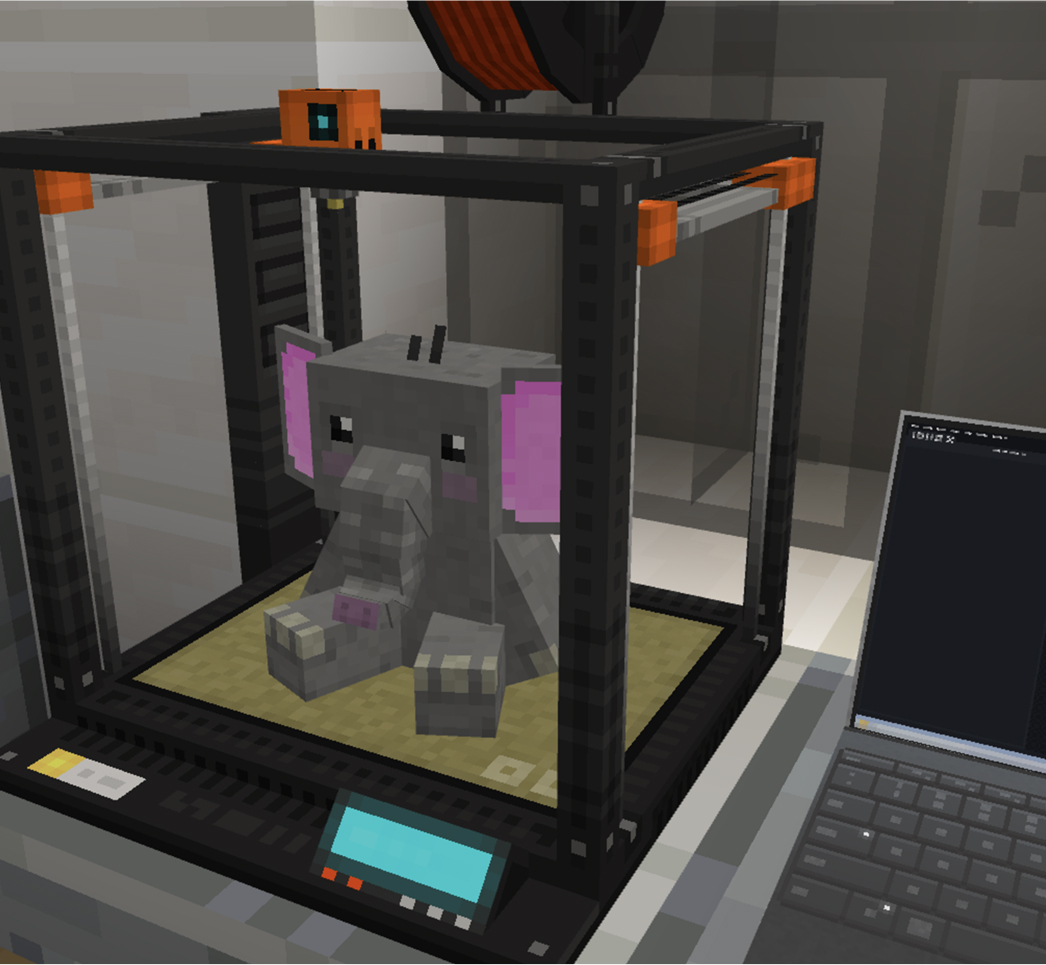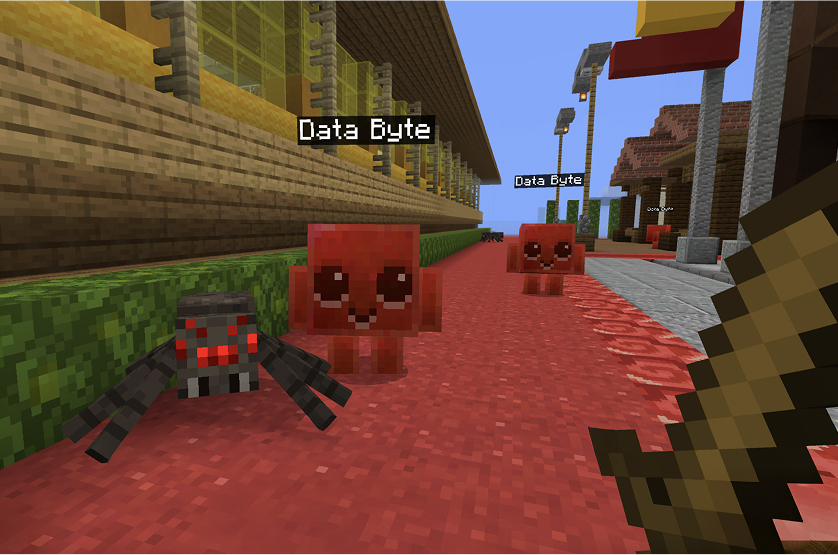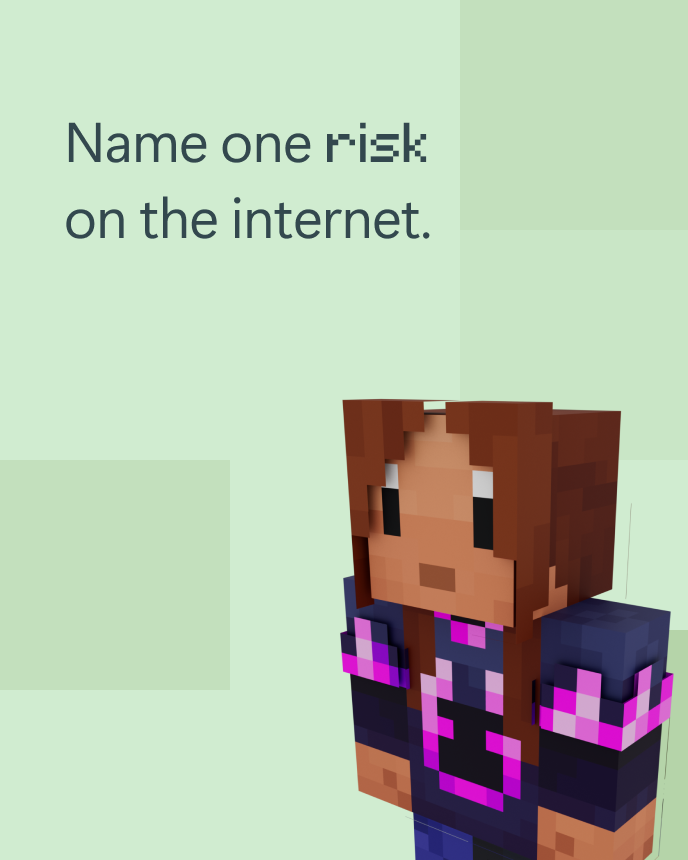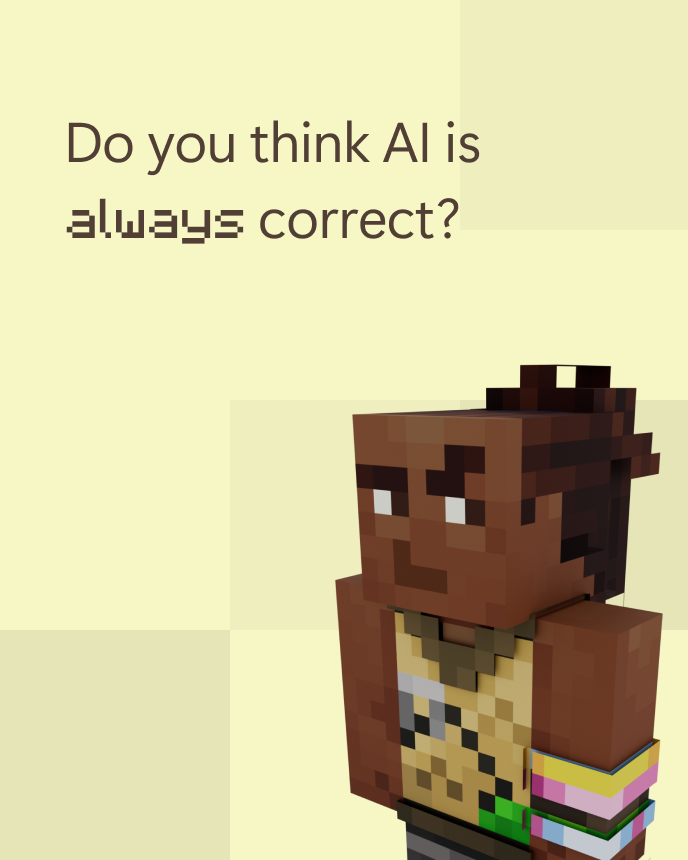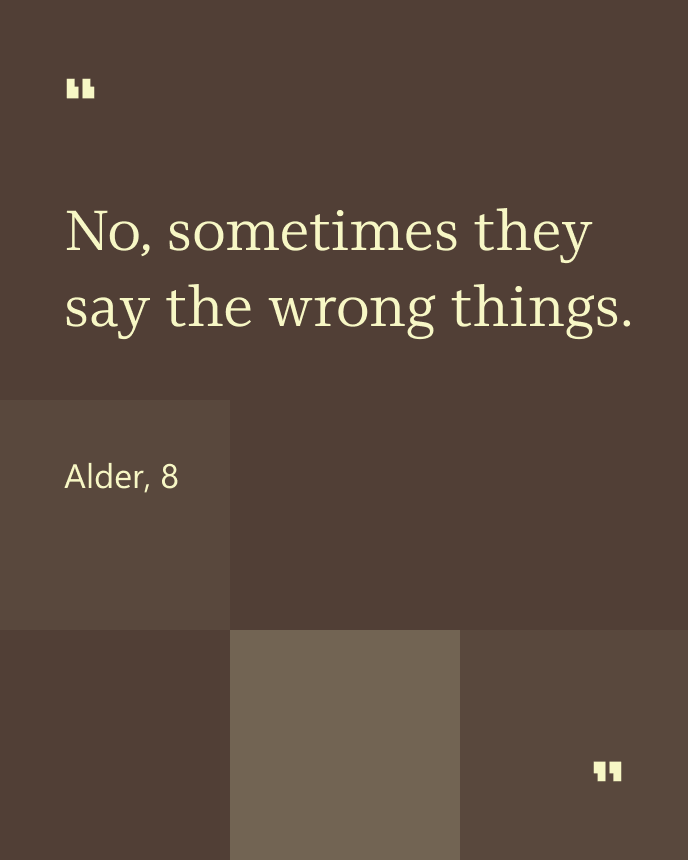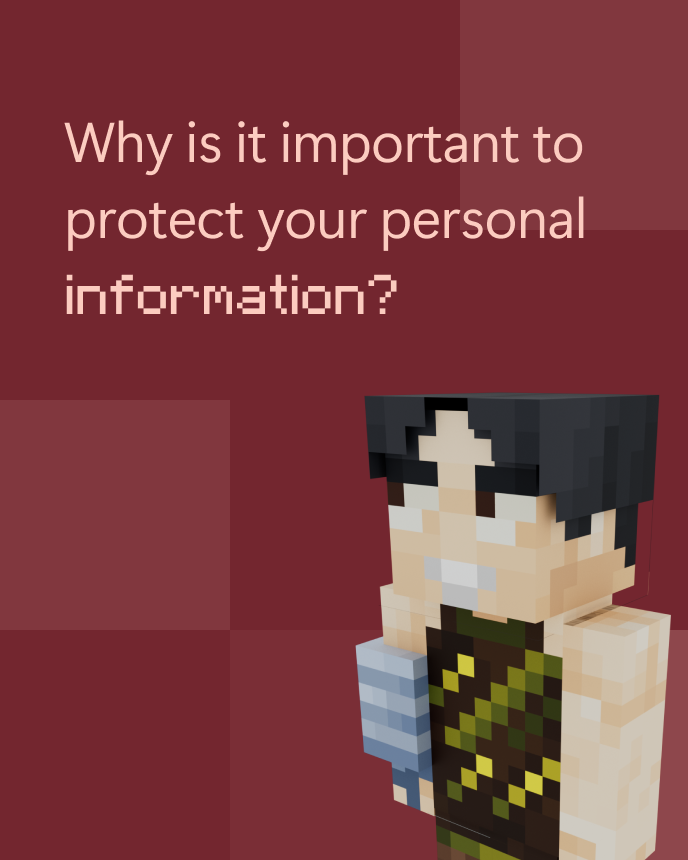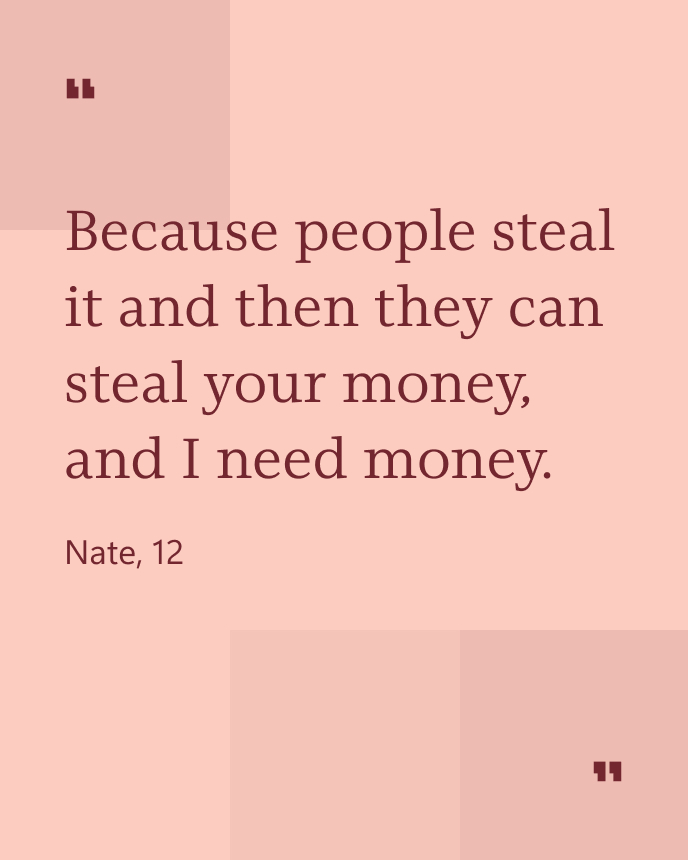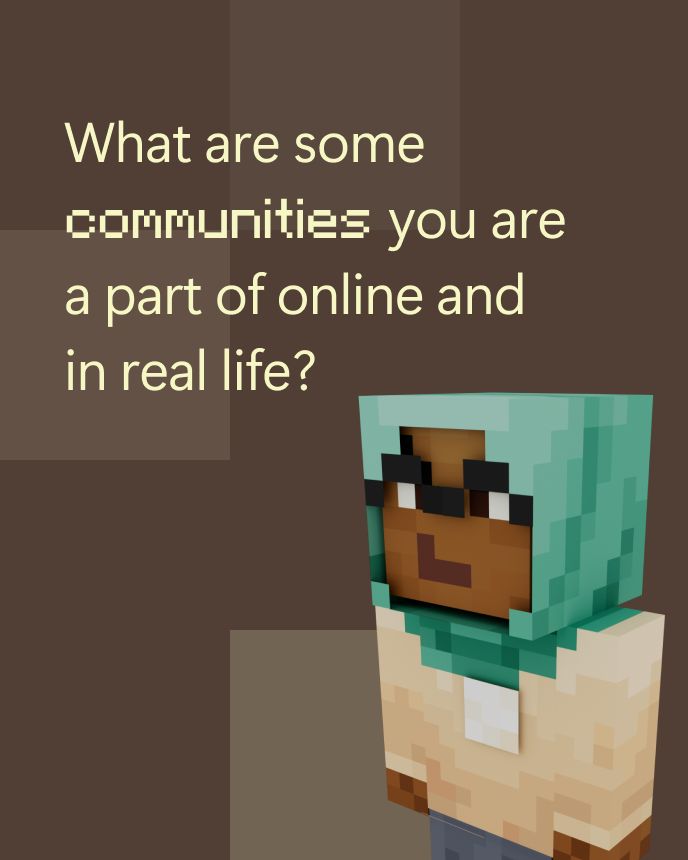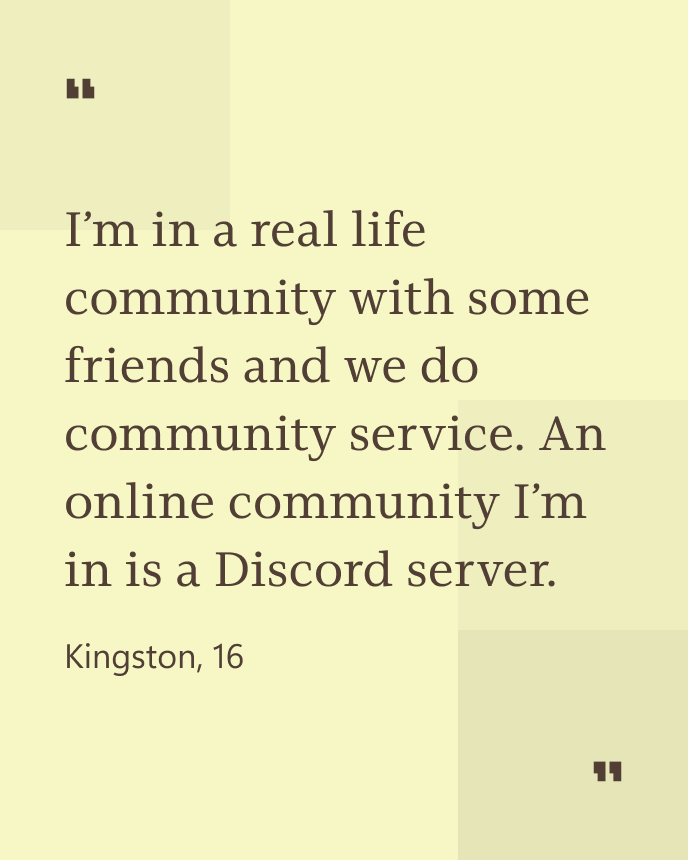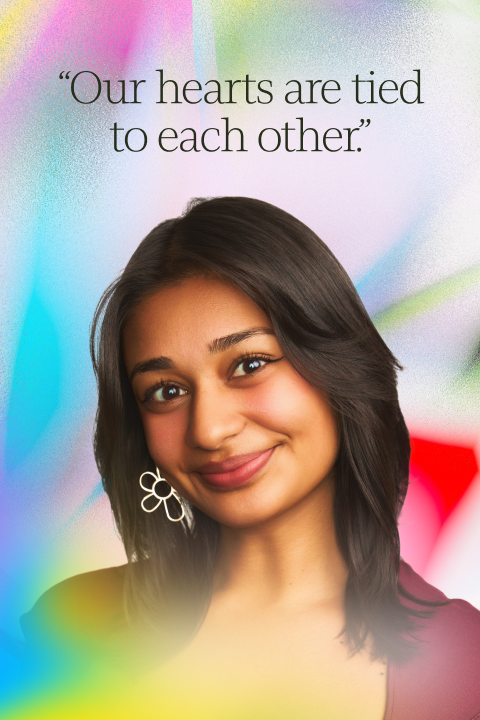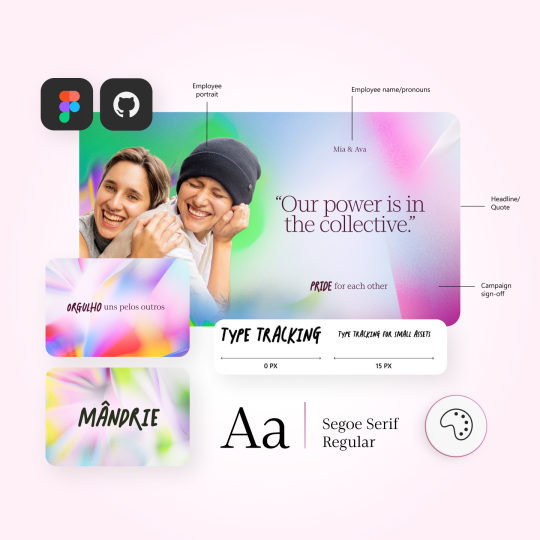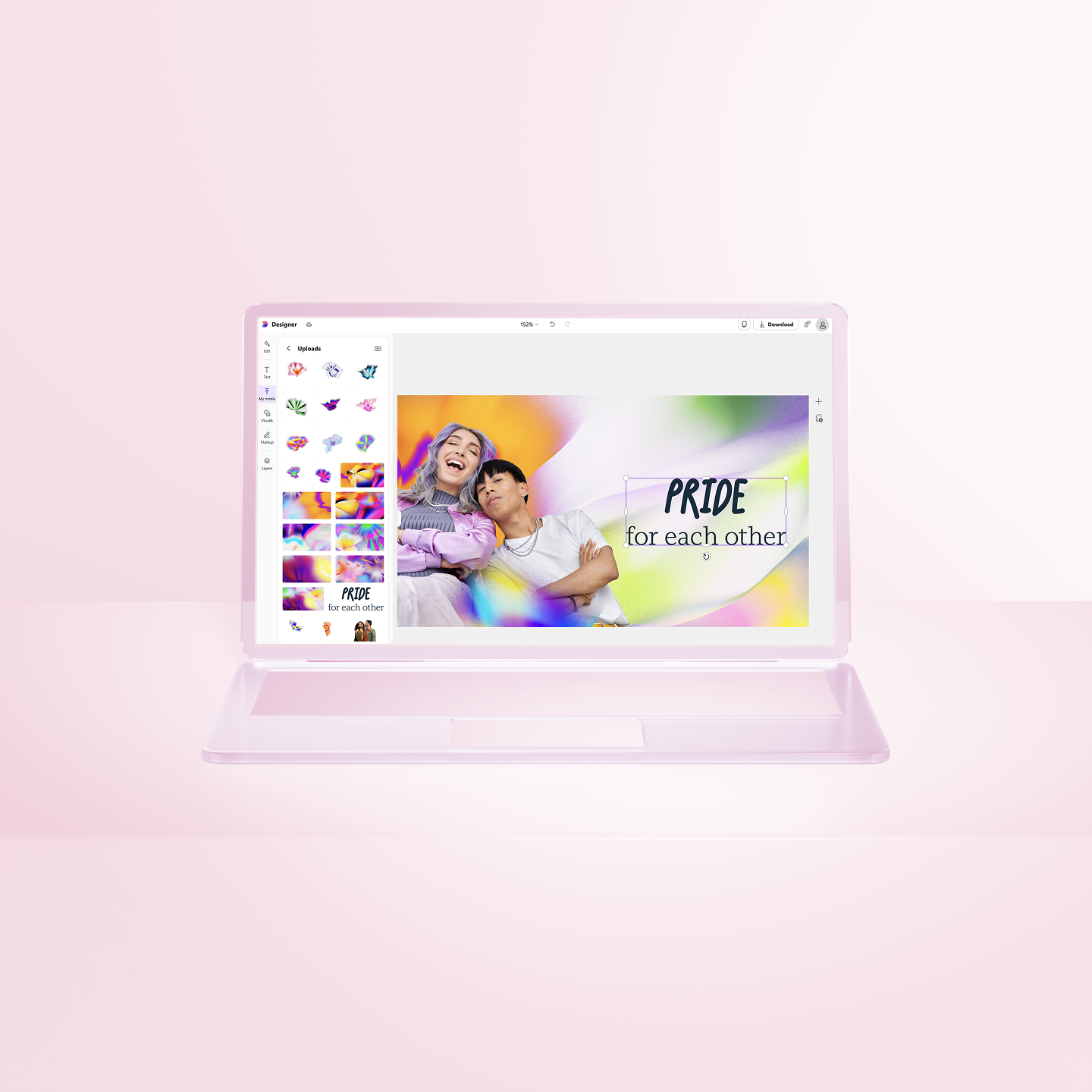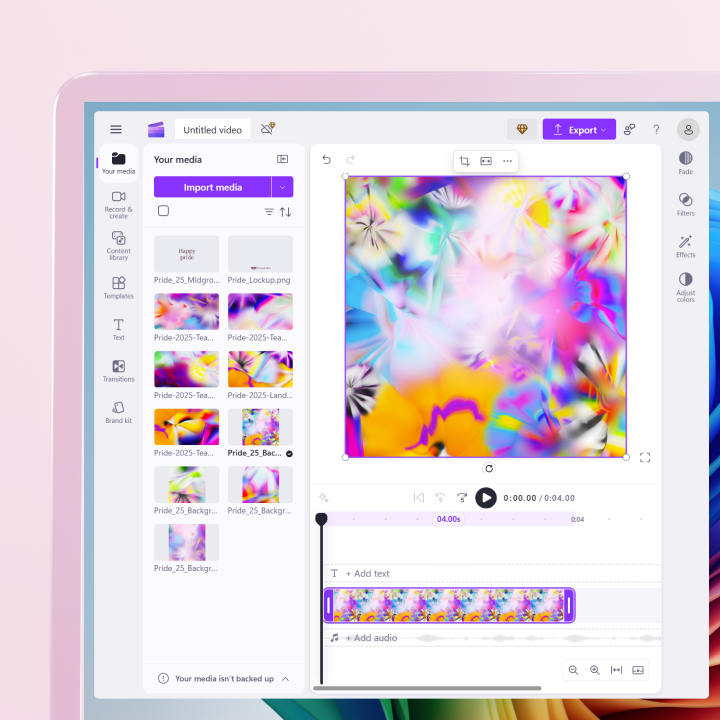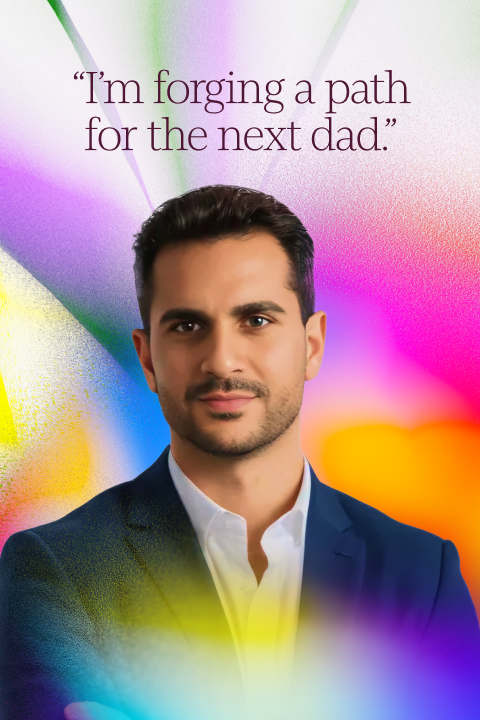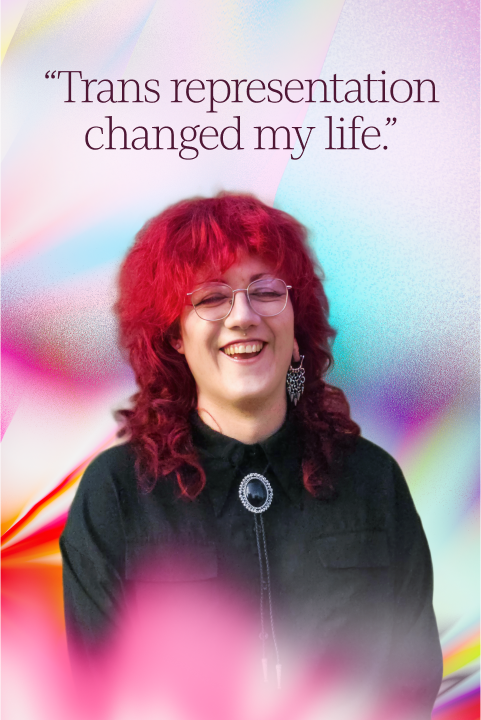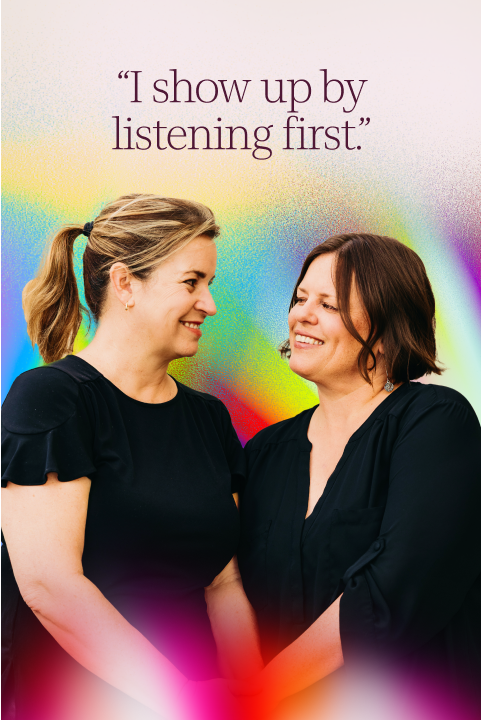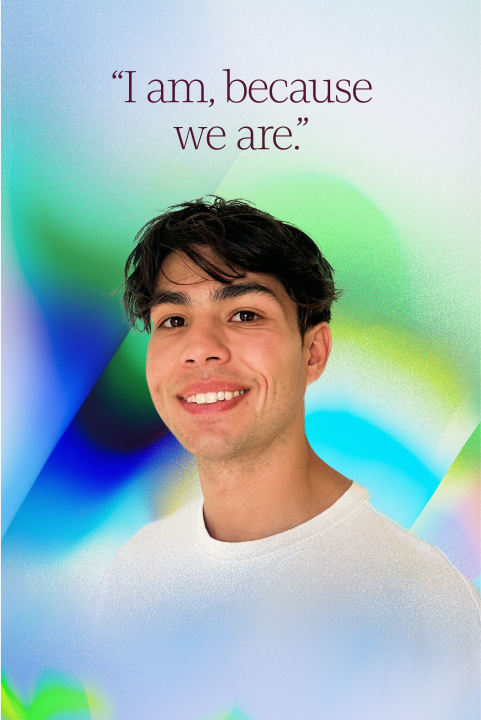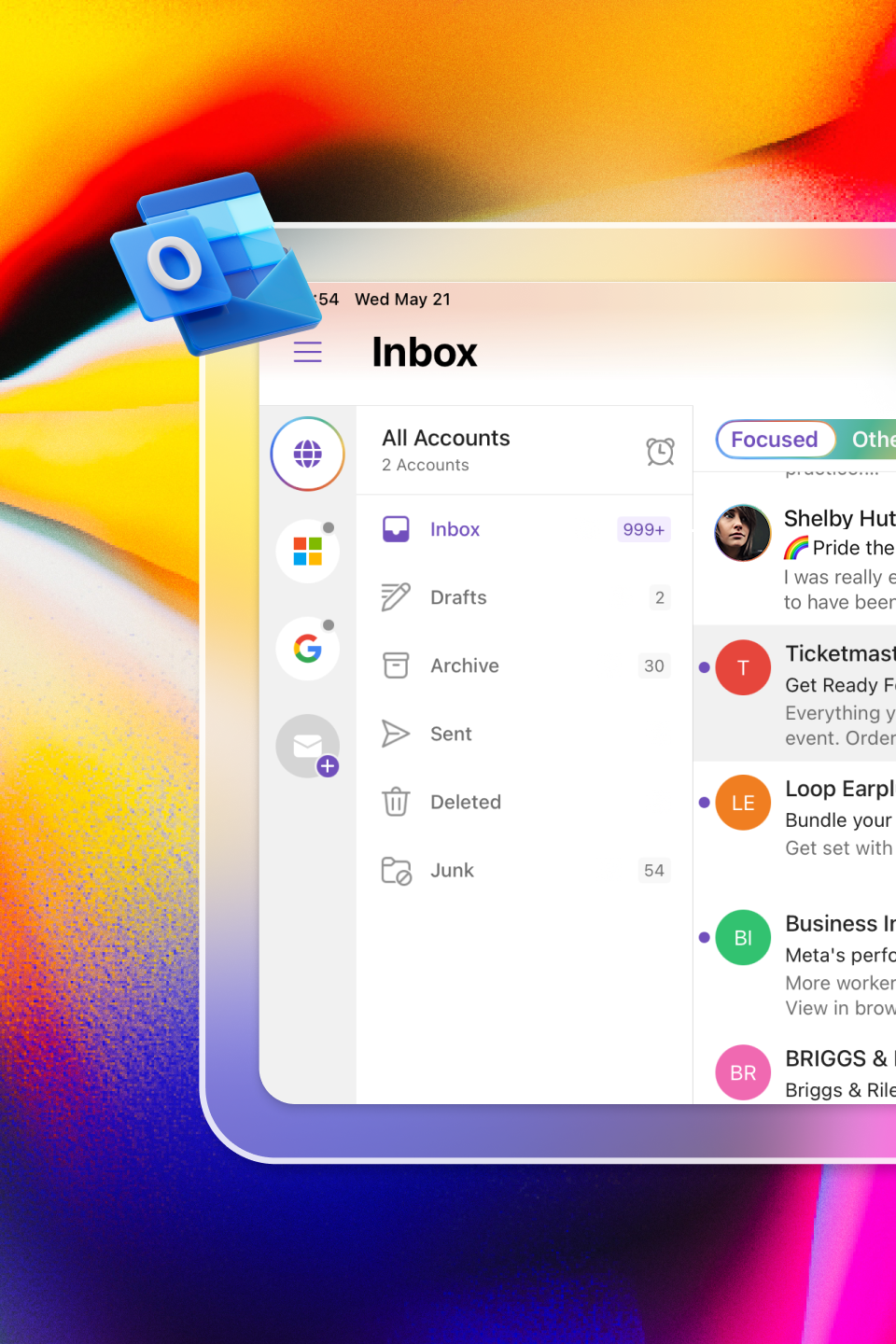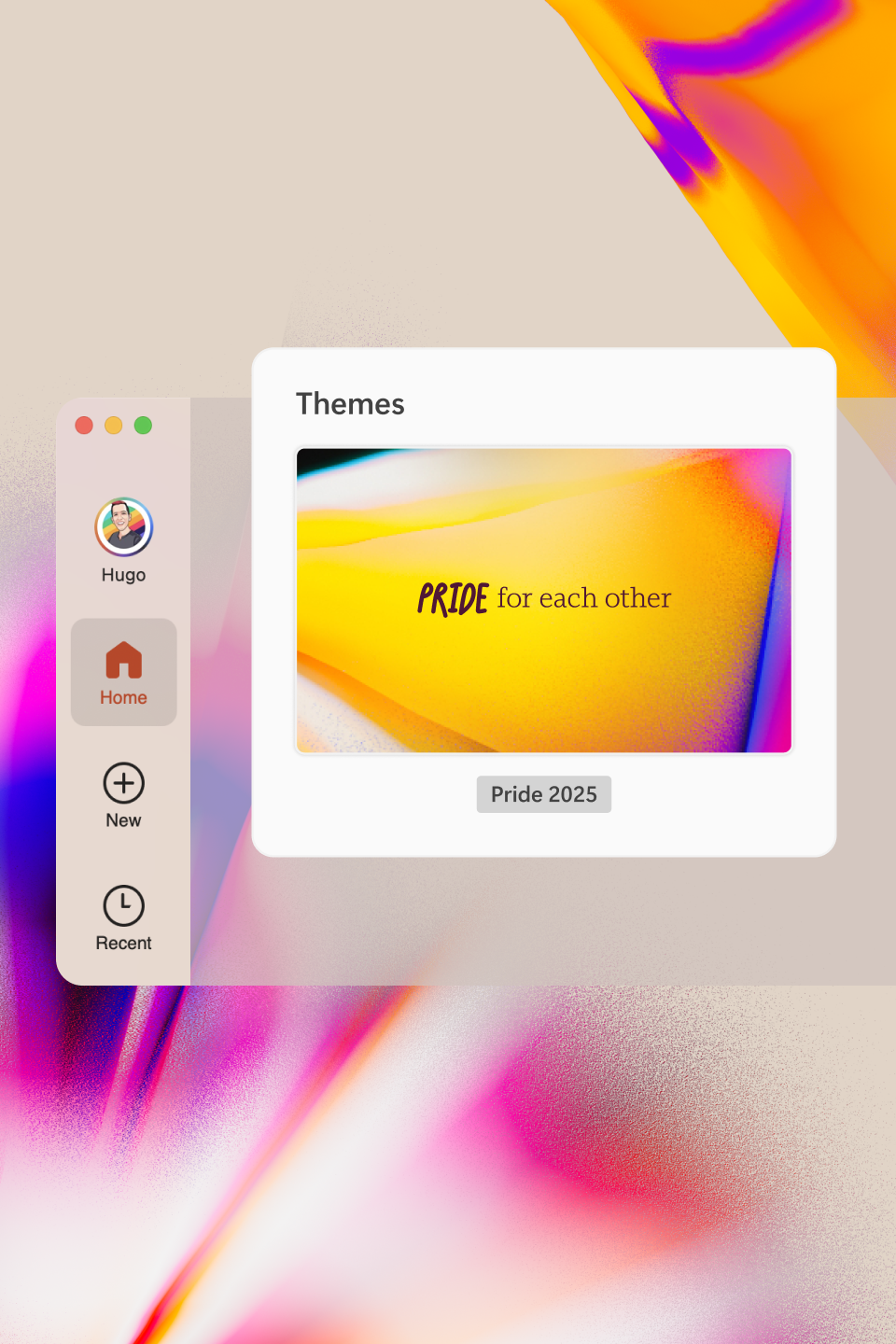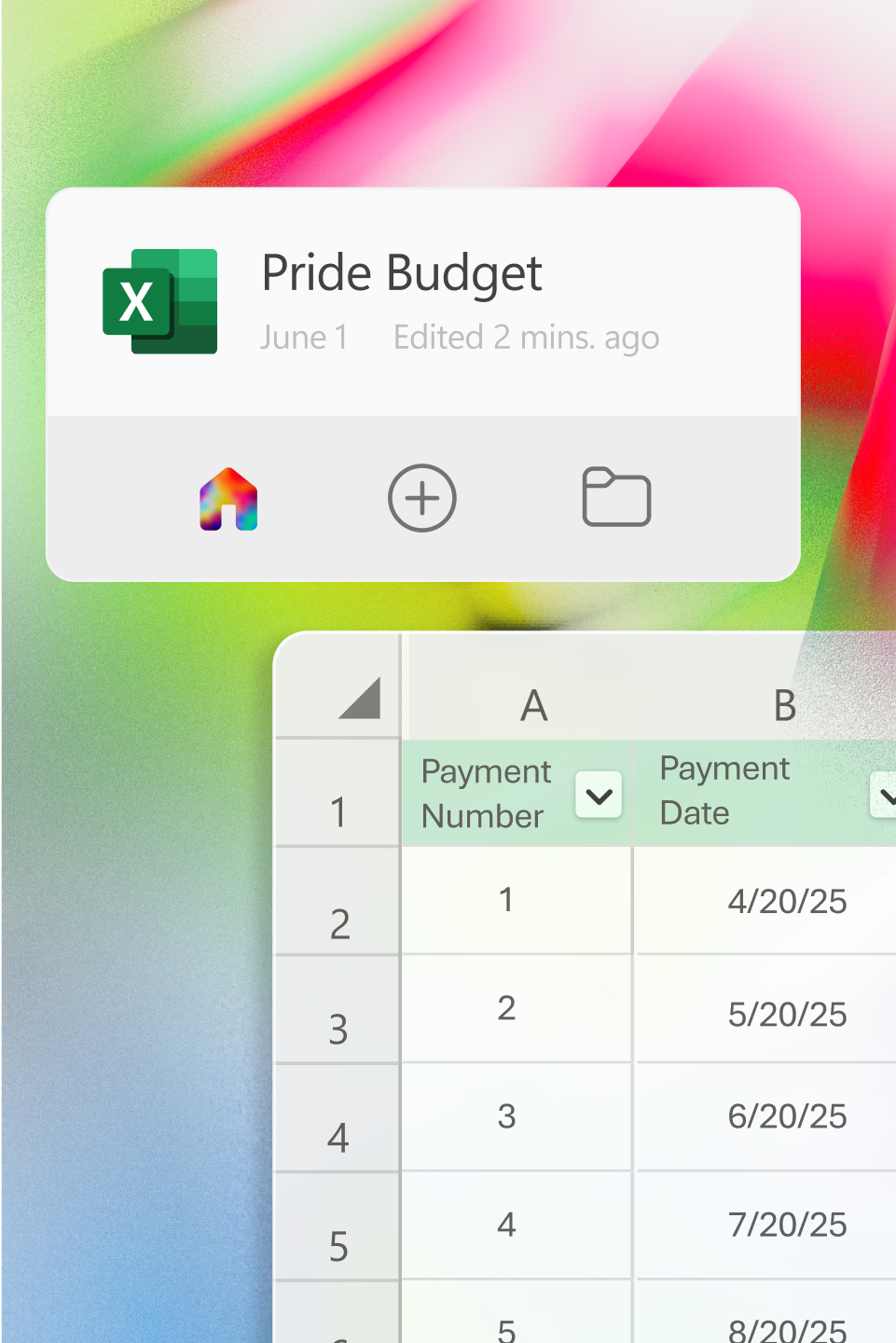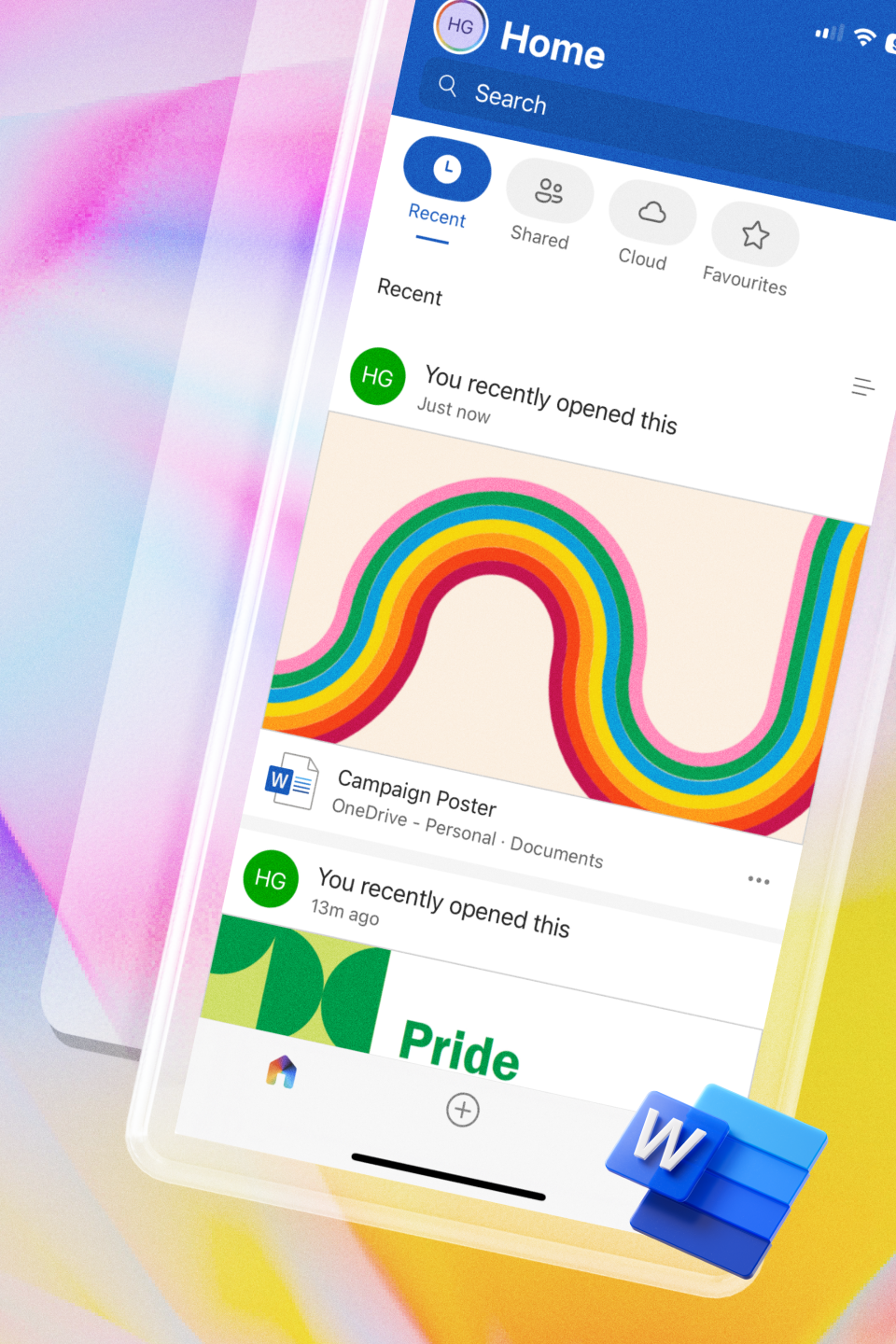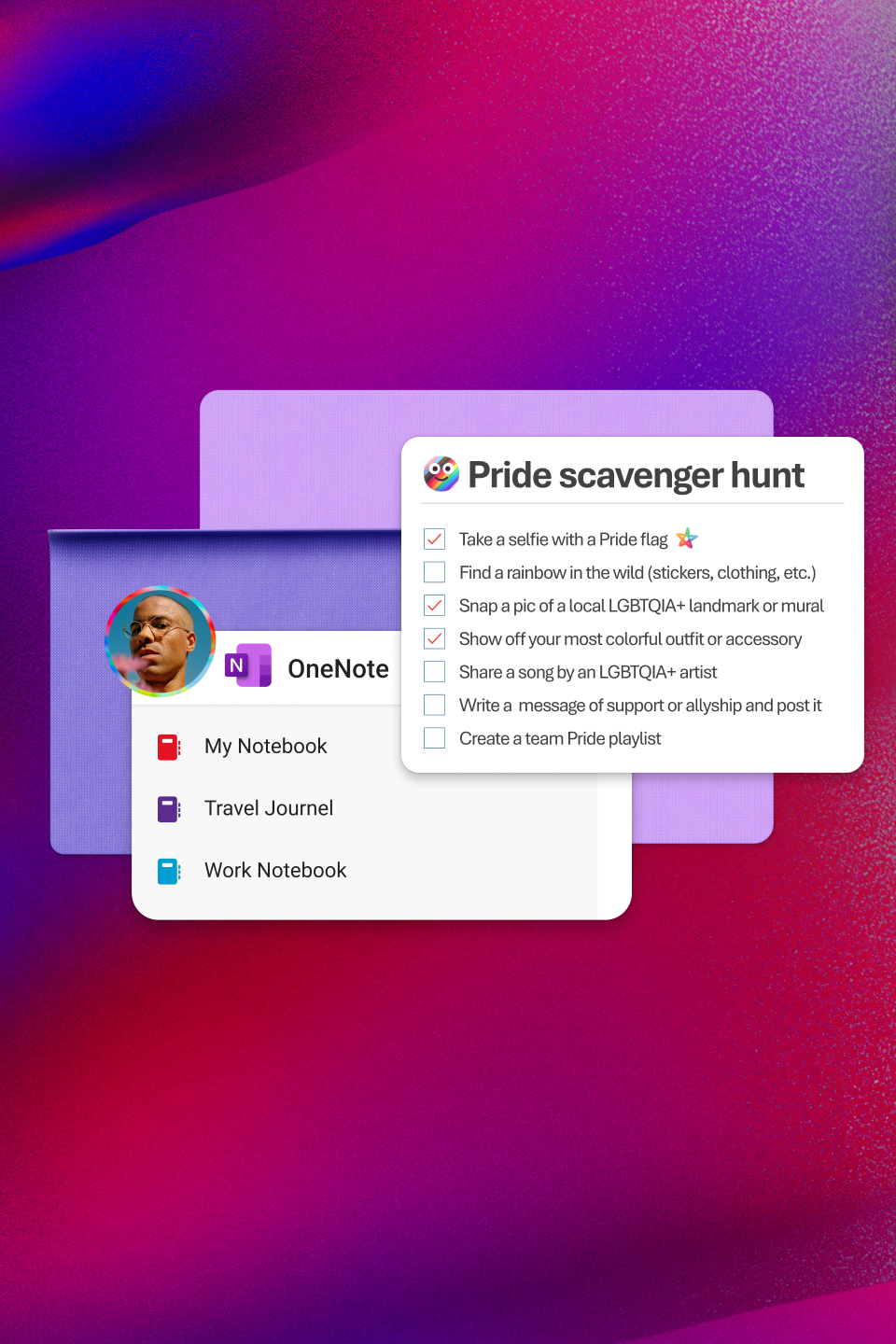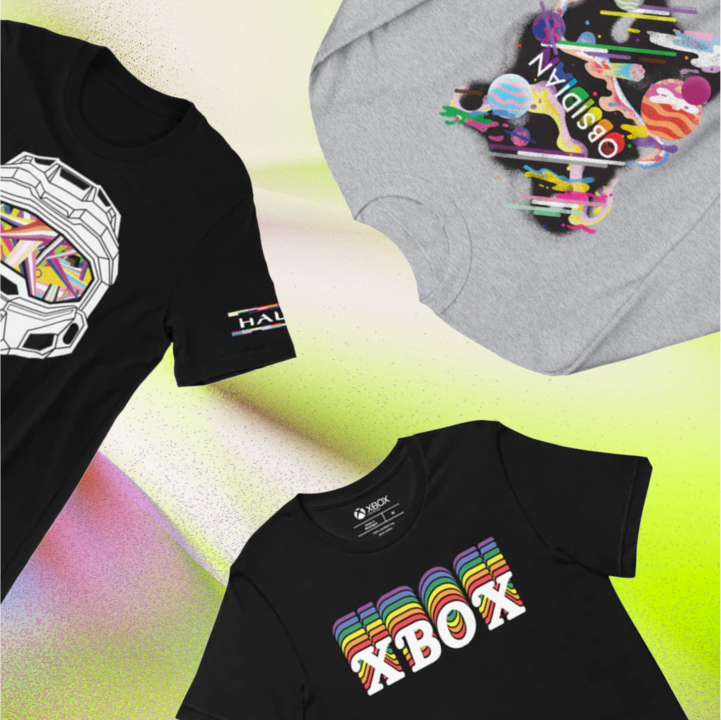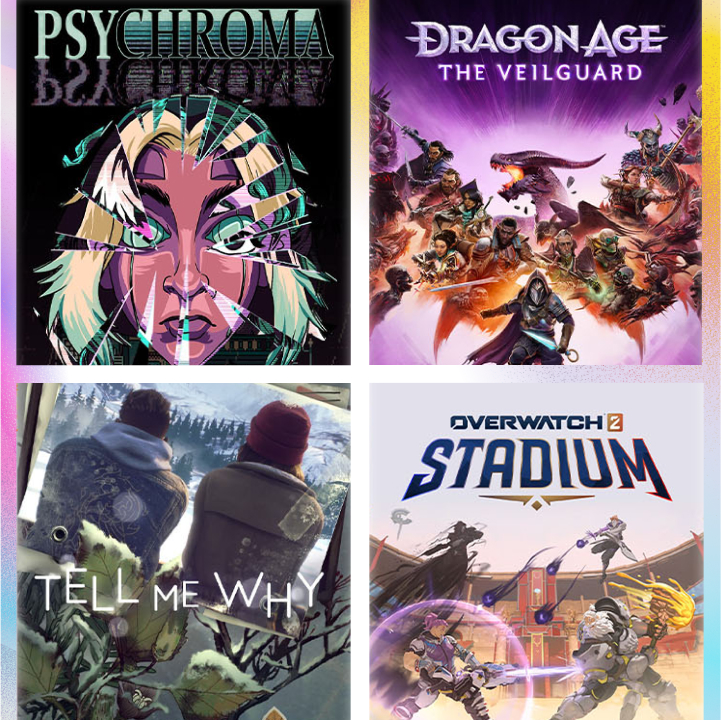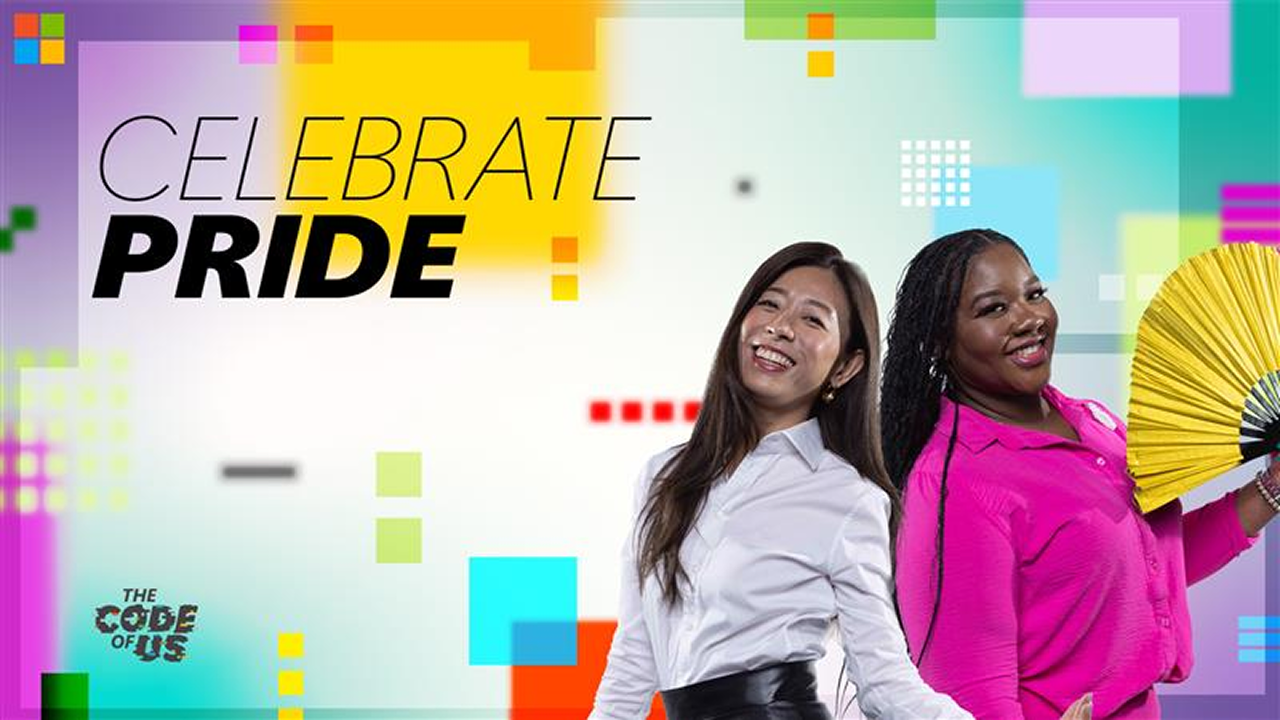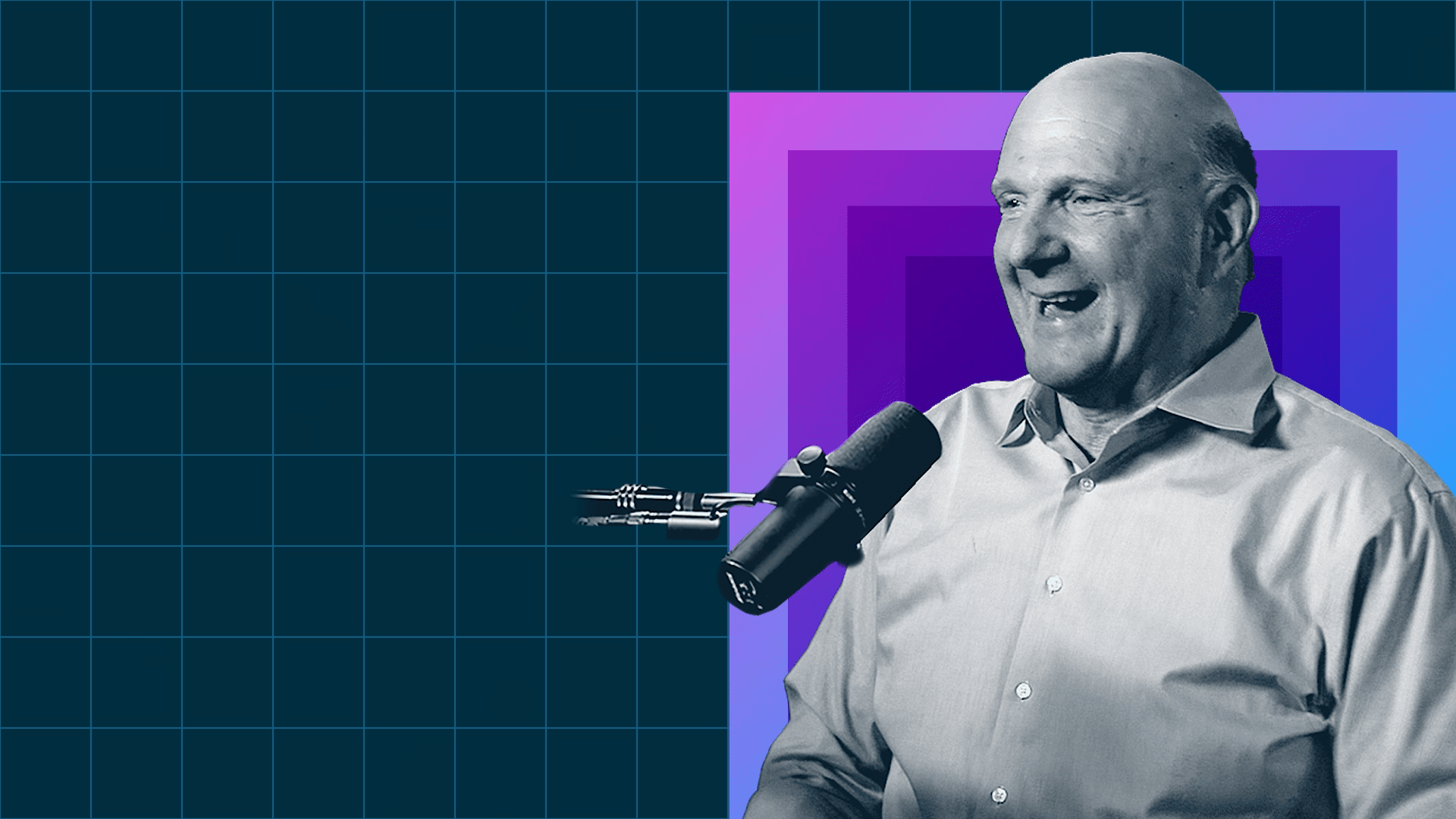Growing with educators
Schools everywhere are buzzing with the excitement of change. As classrooms embrace new technology, AI is helping make jobs easier for teachers while giving students the tools they need to succeed.
When AI first showed up at Quincy High School in Washington state, educators were concerned. Fear and anxiety gripped many faculty members as they wondered what this paradigm shift meant. Would students just use AI to cheat? Would teachers even have jobs in the future?
Now that panic is dissolving into curiosity. Teachers want to know what AI is, what it can do for their classrooms, and what it’s capable of. They’re realizing that AI has a bright future, and they’re ready to embrace it for themselves and their students.
“AI really is the future. It’s going to be used a lot more, especially in these upcoming years,” says Karen, 12th grade student, Quincy High School.
Microsoft Elevate Washington signals that every student, educator, and zip code deserves the opportunity to use the tools shaping tomorrow. And now, Microsoft AI is becoming part of everyone’s toolkit.
Learning together, growing together
With just under 900 students, Quincy High School is a place where hands-on learning rules. With their CTE—career and technical education—program, students are mastering life skills with courses in personal finance, culinary arts, engineering, and more. Every class prepares students for successful careers with industry-recognized credentials. Teachers enthusiastically support kids as they grow into young adults, helping them see the value in everything they learn.
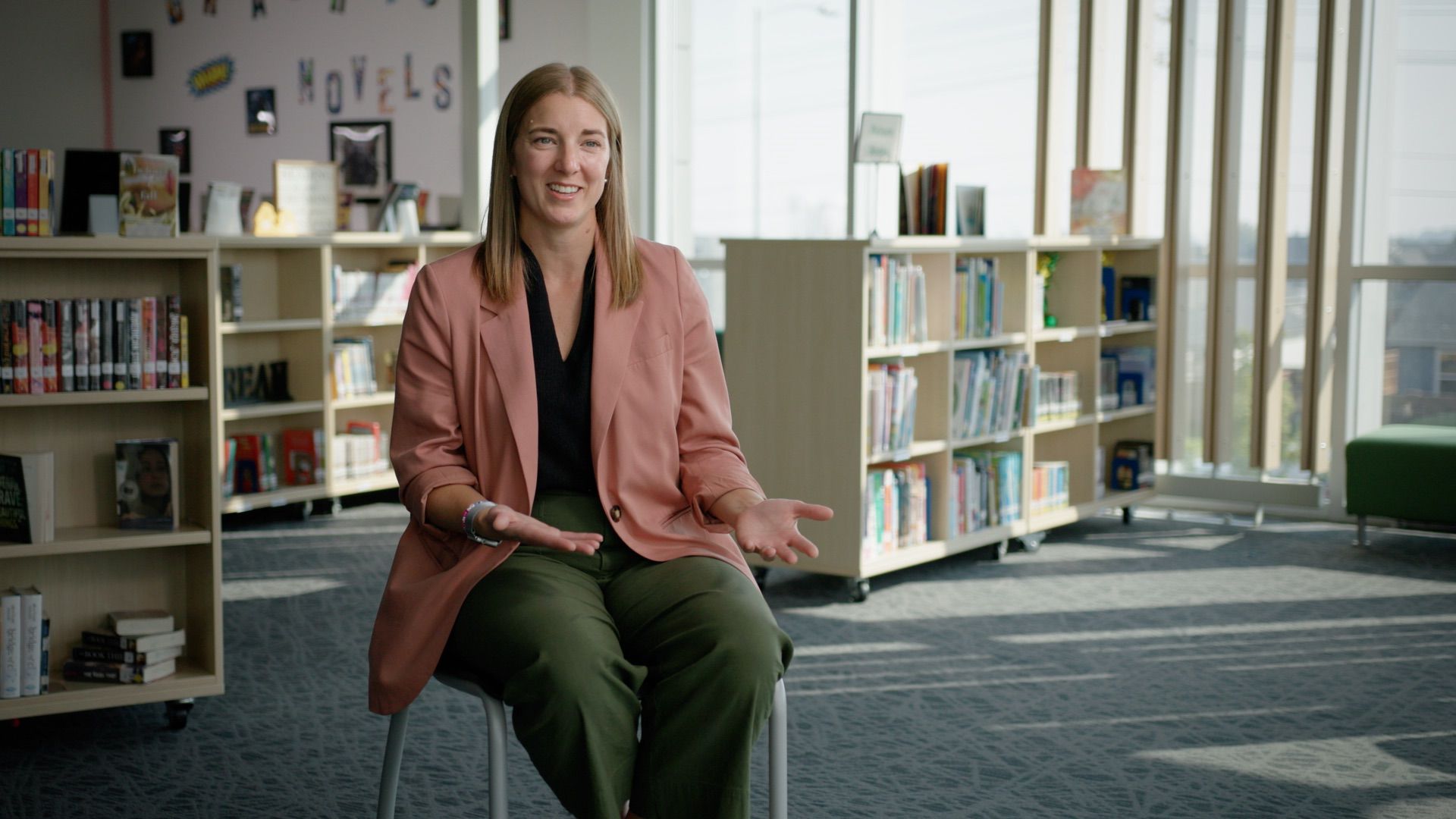
If we can really take advantage of this moment with AI, our students are going to be at such an advantage.

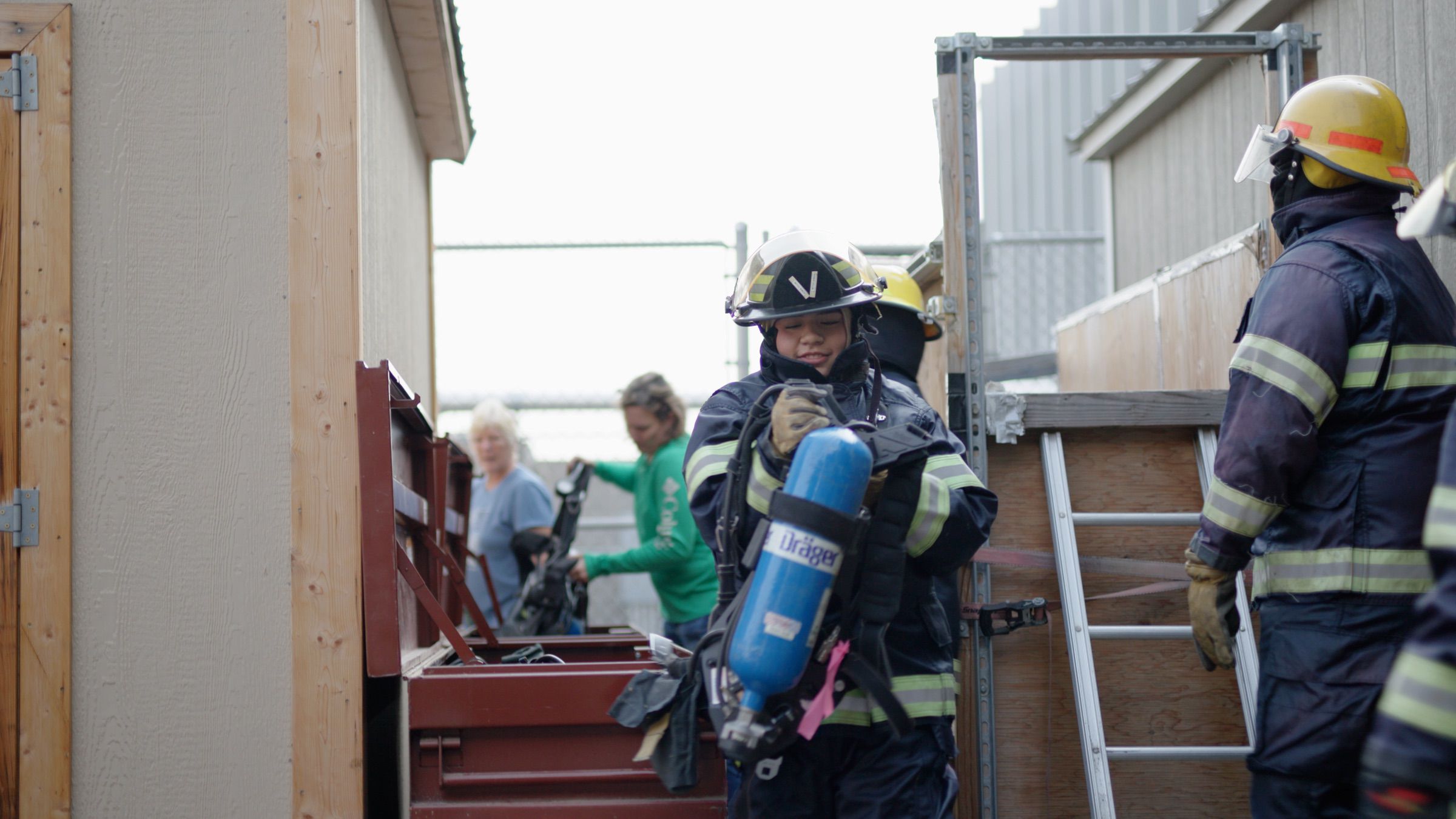
Quincy High launched a clear AI syllabus to address concerns: teachers decide when AI can be used fully, somewhat, or not at all. The language is intentional, thoughtful, and designed to help students succeed while learning authentically—every student knows exactly when and how AI can and can’t be used. With those guardrails set, students are getting creative, making AI work for them, and feeling more freedom in the classroom.
“AI has saved me time across the board, more time than I could even count for,” says Nick Heuker, CTE Engineering Teacher, Quincy High School.
For teachers, AI is helping them more than ever. Lesson plans that used to take three weeks to organize are now taking four days. This gives them more time and energy to engage with students, prevents burnout, and saves more time than ever across the board. By integrating AI seamlessly into existing systems, schools are developing practical and resourceful solutions that tackle time constraints, tight budgets, and limited resources head-on. As a result, AI continues to empower both educators and students by delivering knowledge in accessible, meaningful ways.
When we invest in teachers, we invest in students. And when we invest in students, we invest in the future of the state as a whole.
A homegrown commitment
AI-powered learning has evolved into a blueprint for how communities everywhere can embrace the future and thrive with AI. Imagine every high school and community college, no matter their zip code, having access to the world’s most advanced AI tools and training. With free access to AI tech like Copilot Studio and Teams for Education, over 100,000 educators and half a million students in WA state will experience a new era of learning—one where AI supports education and nurtures development. This ensures everyone has the best tech to keep up with the changes ahead and can help shape what comes next.
Microsoft Elevate is also expanding across continents, backed by a $4 billion commitment to help 20 million people earn AI credentials and prepare for the jobs of the future. Whether in a rural town or a global city, this is the moment to grow, lead, and share. And as more communities join in, AI becomes a tool for empowerment, ensuring that every learner is prepared for the future.
